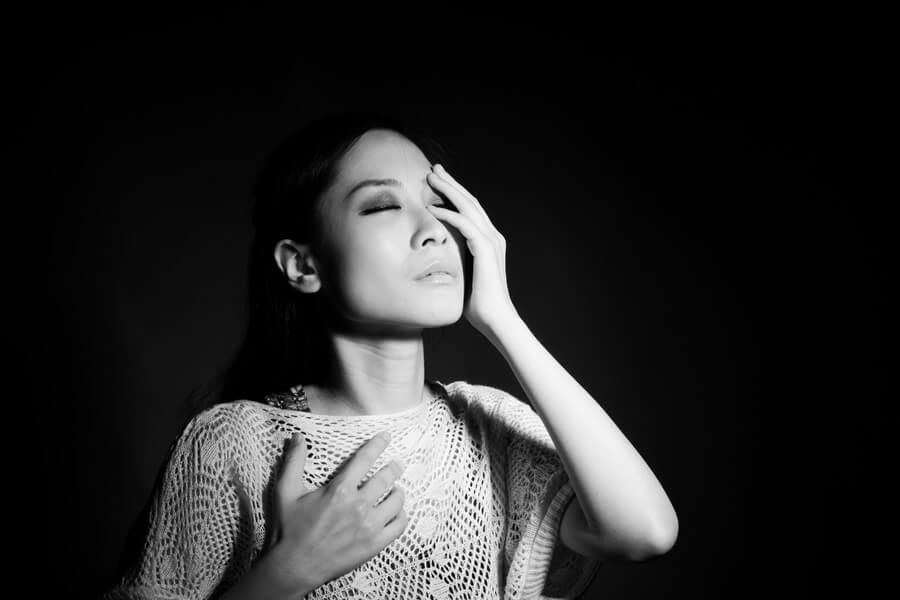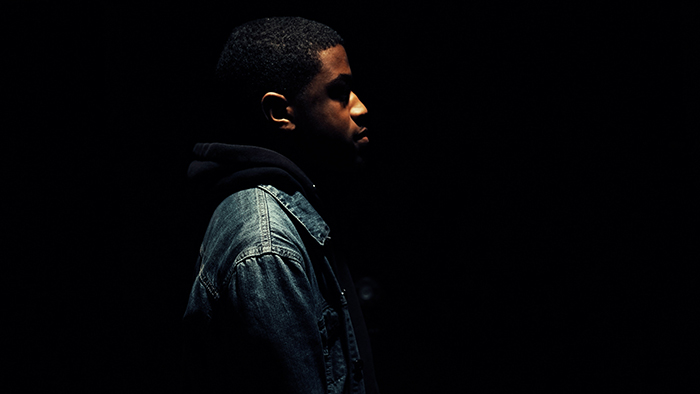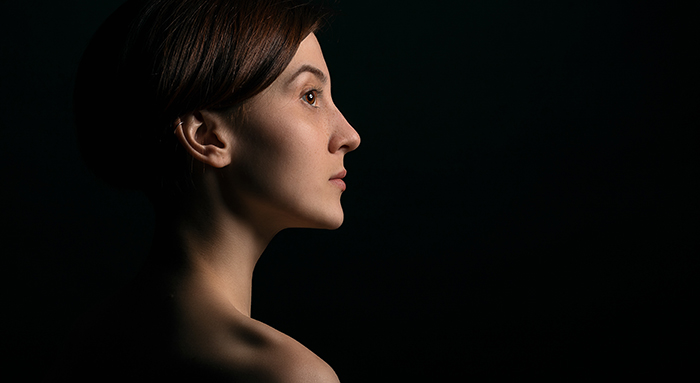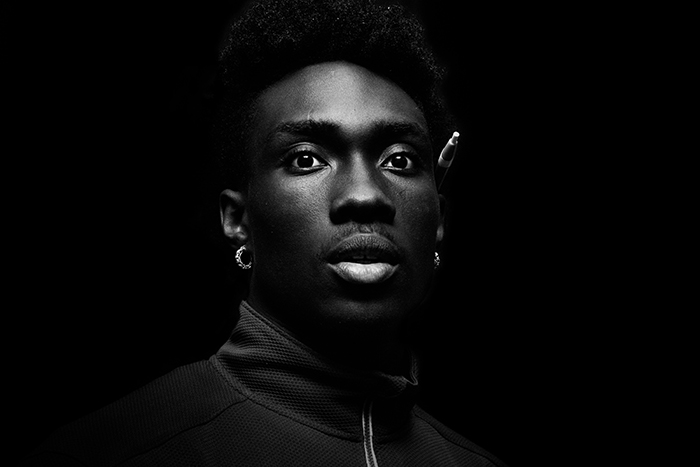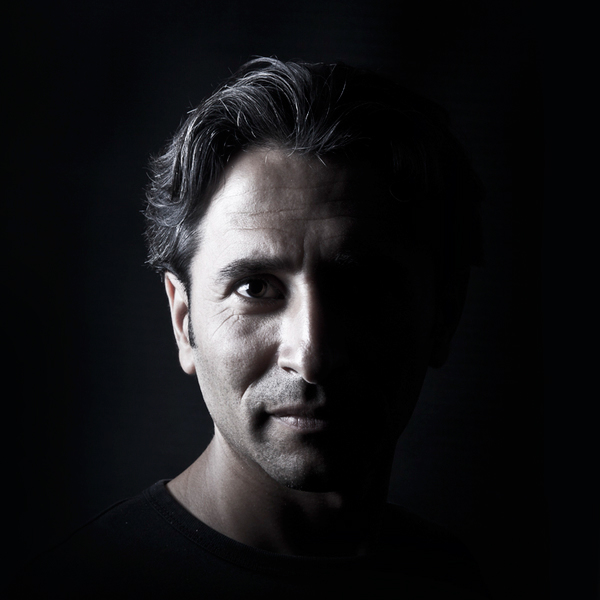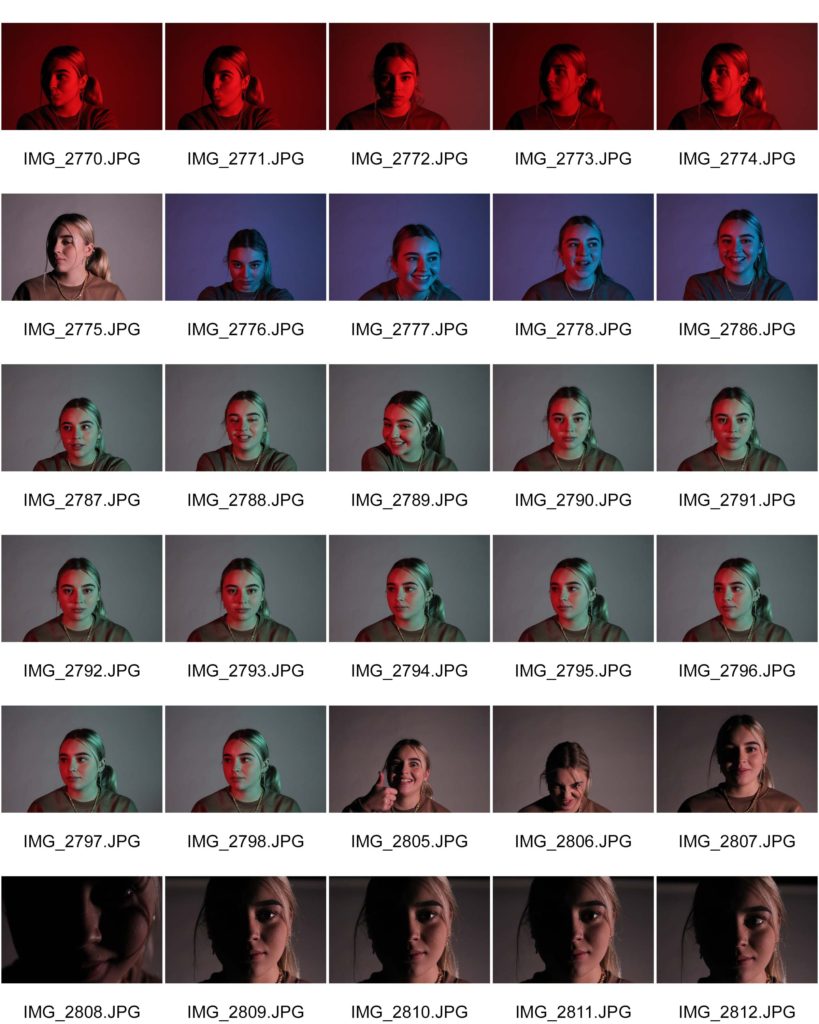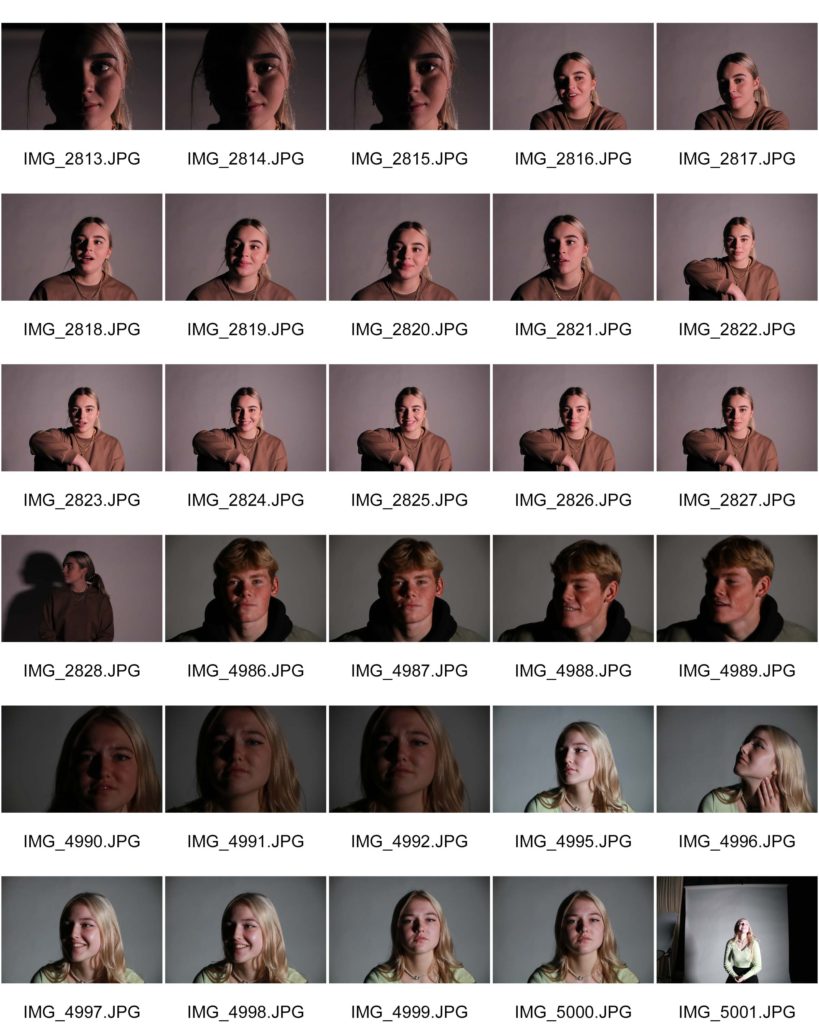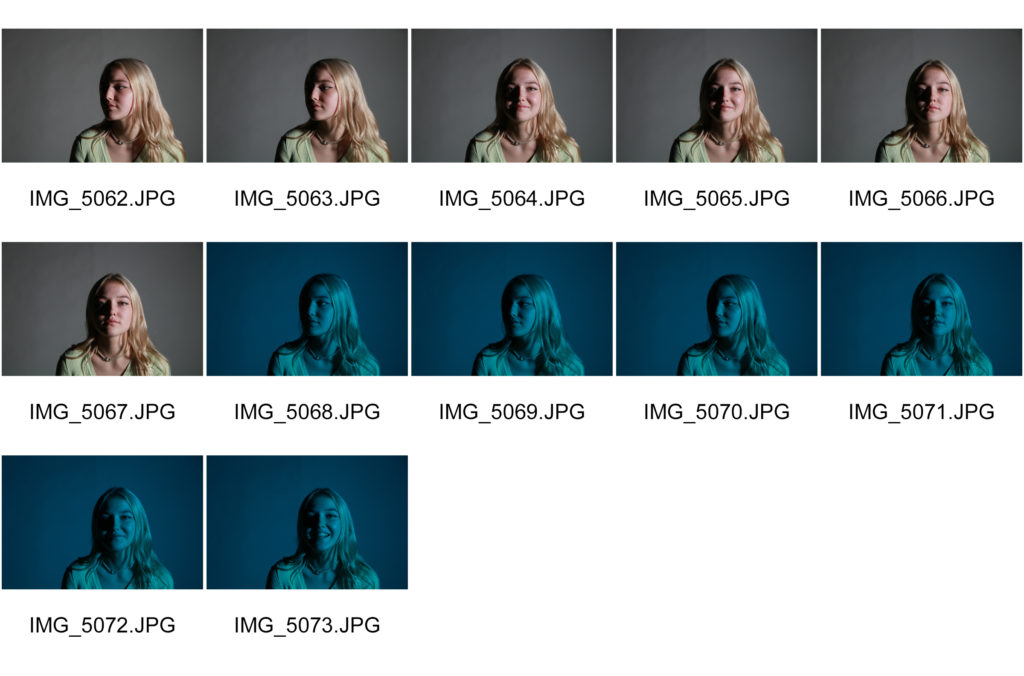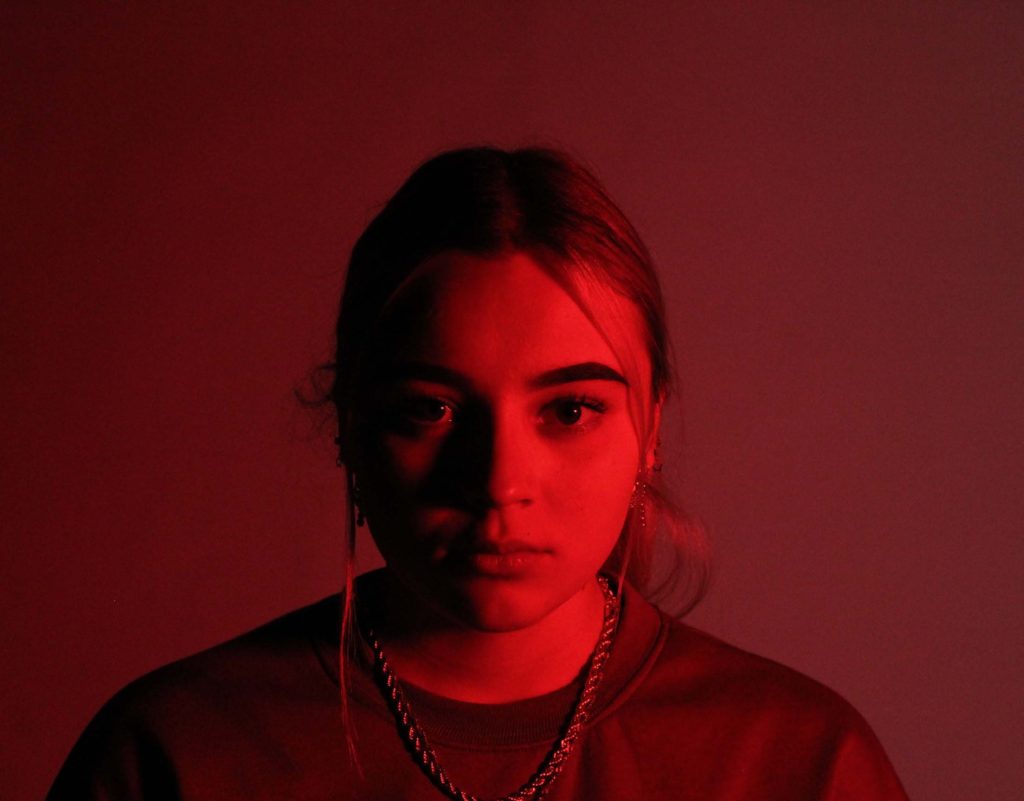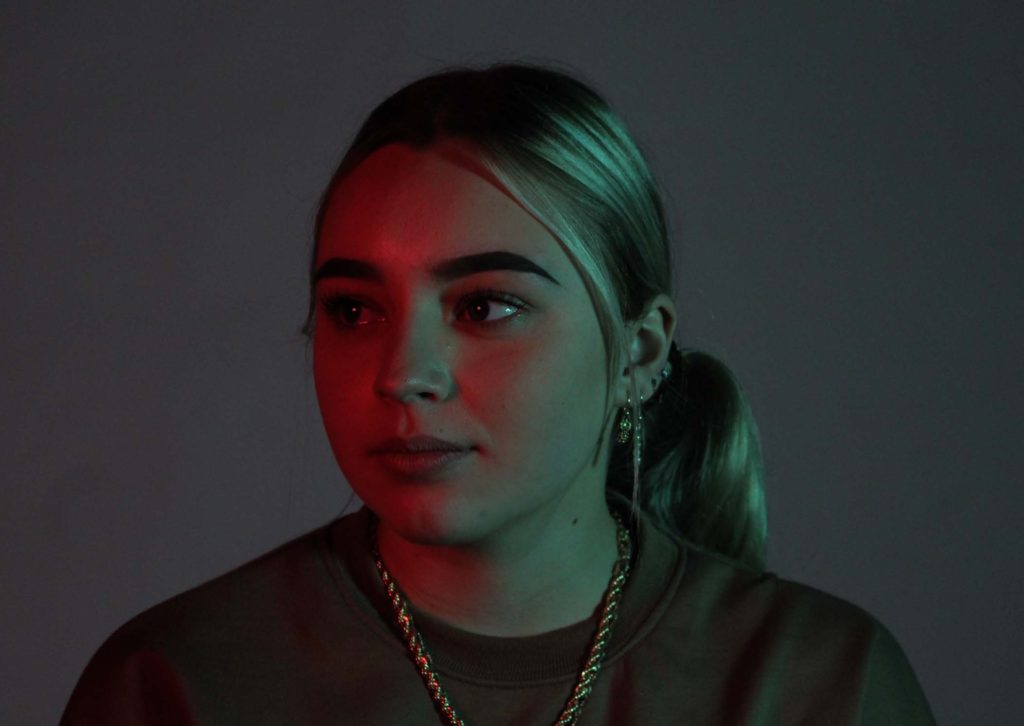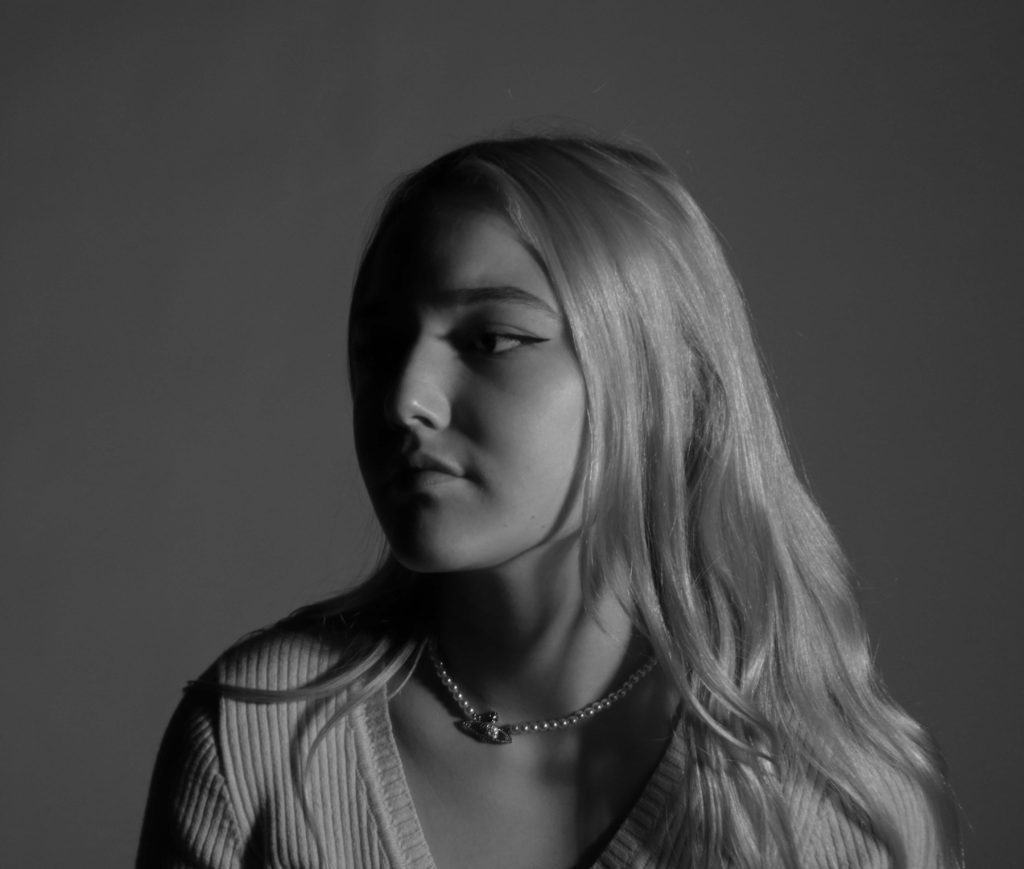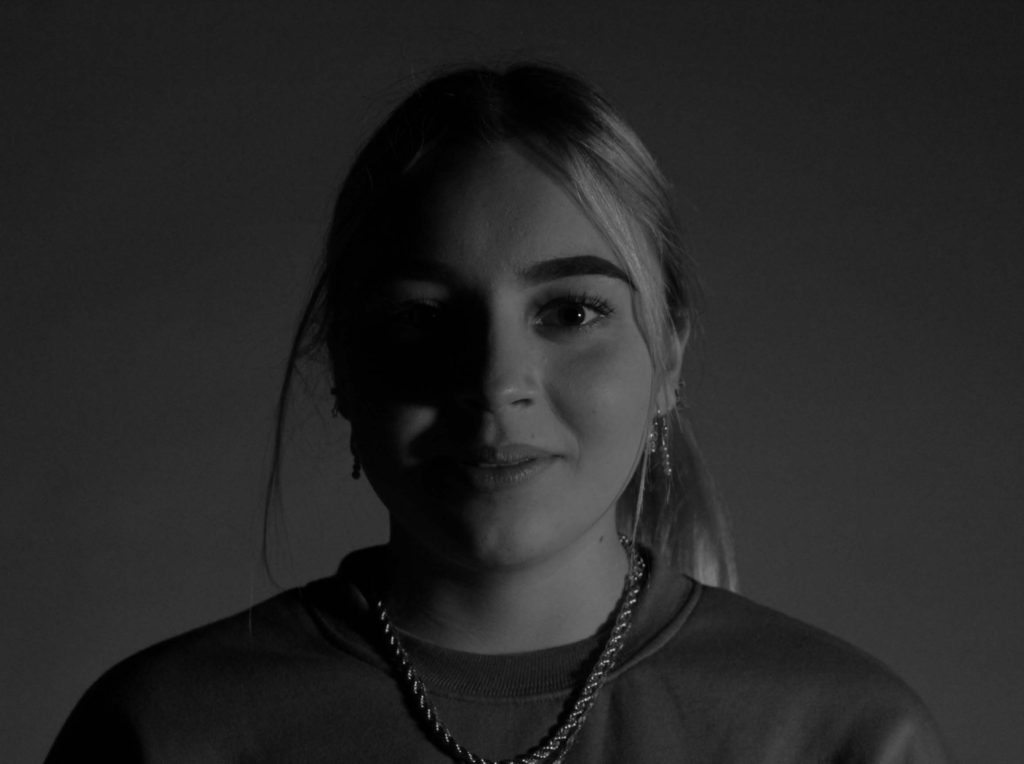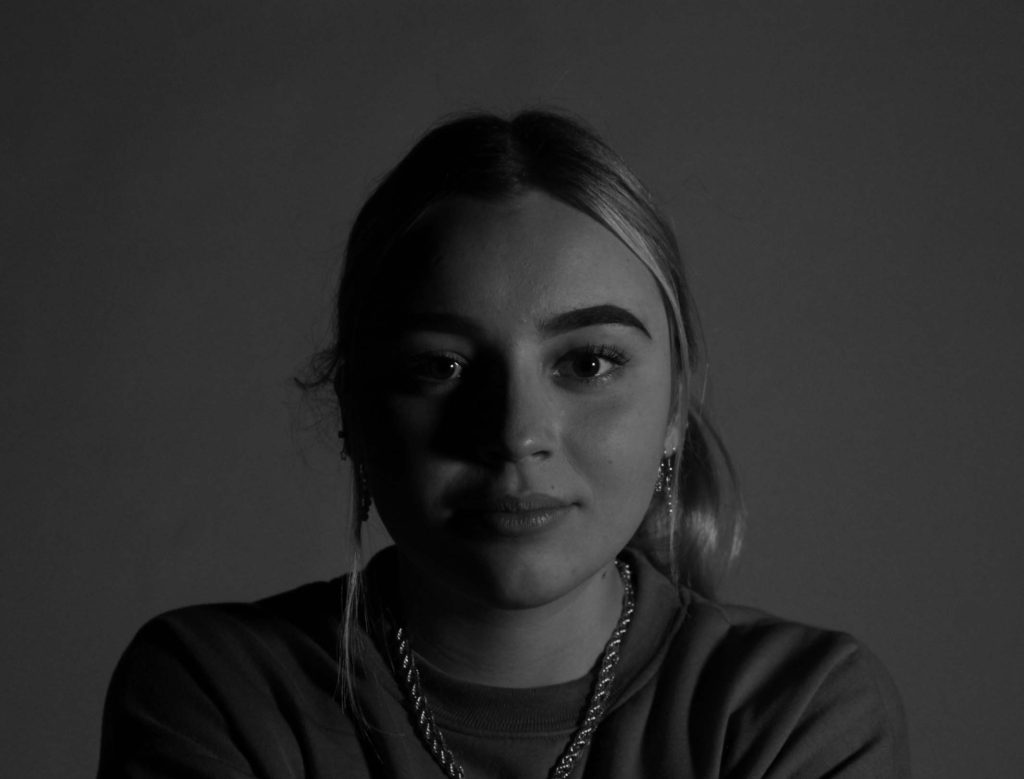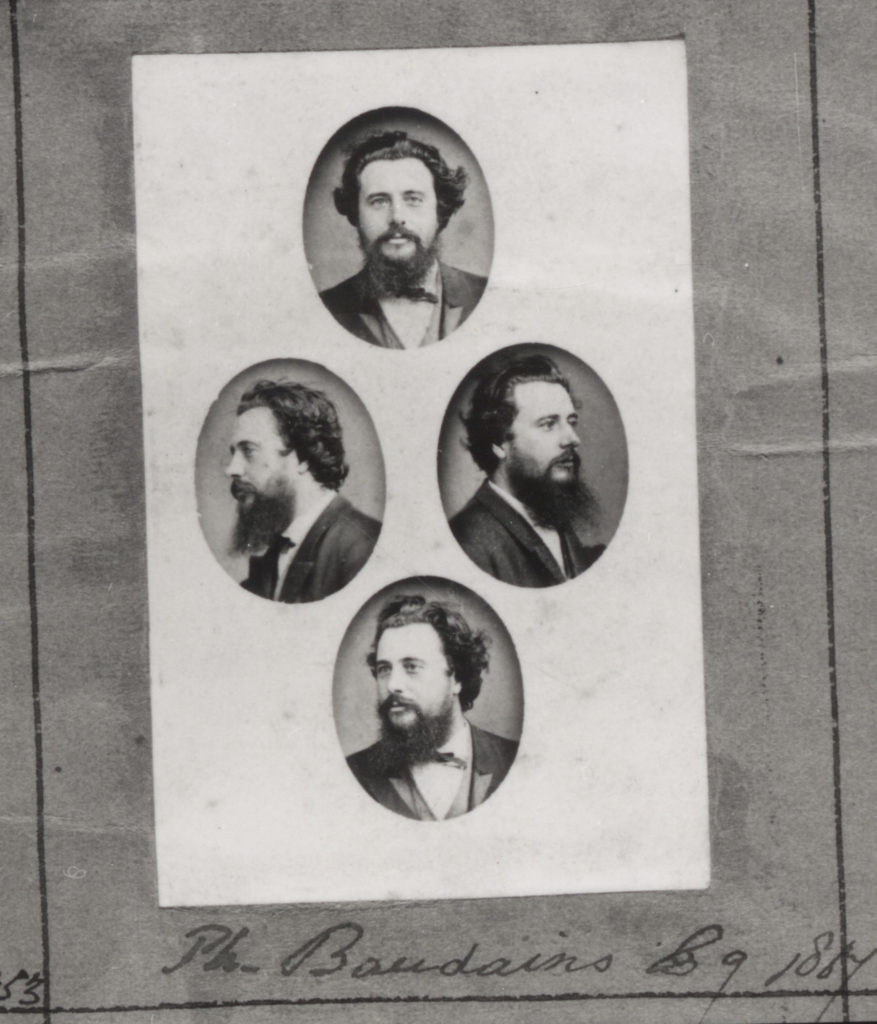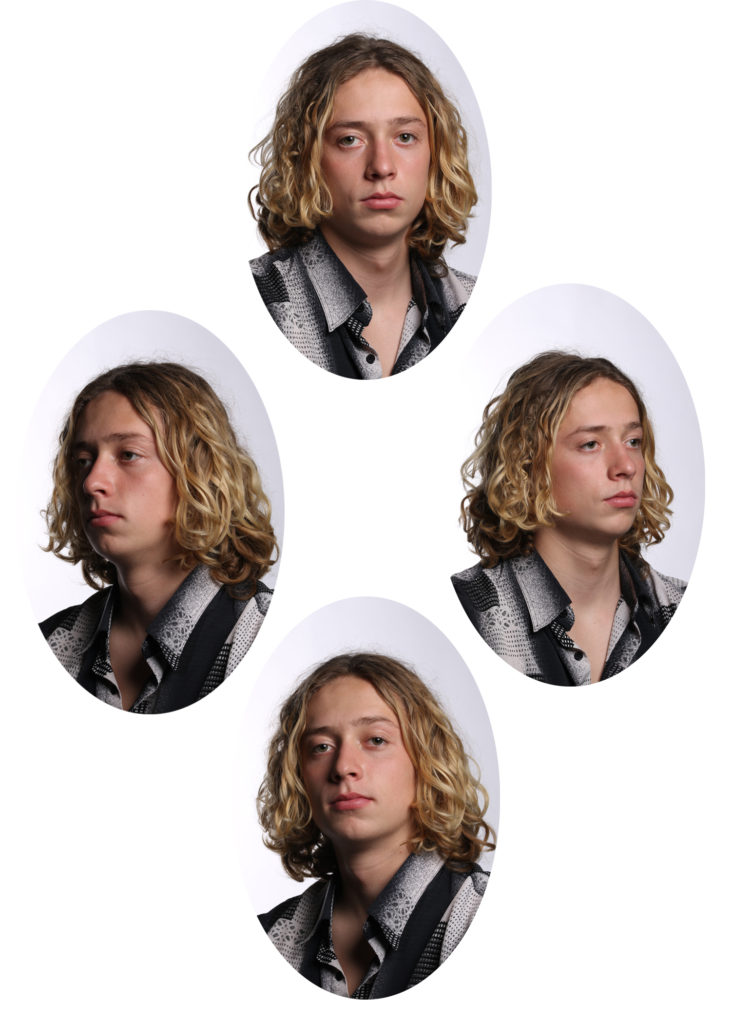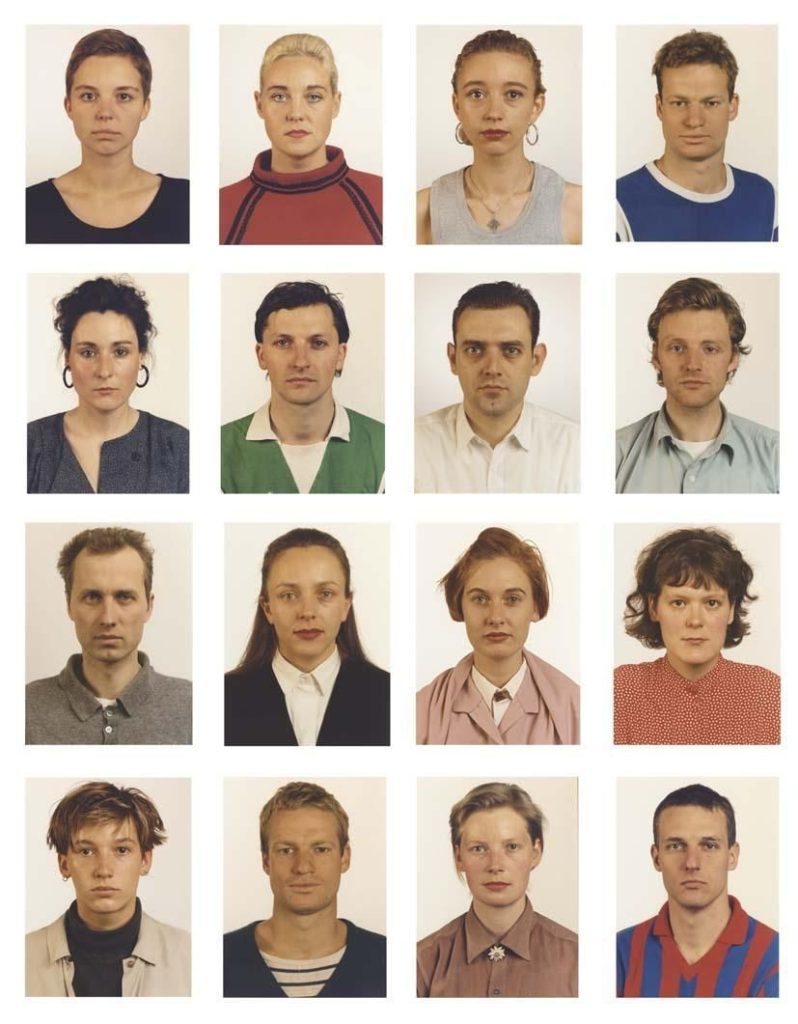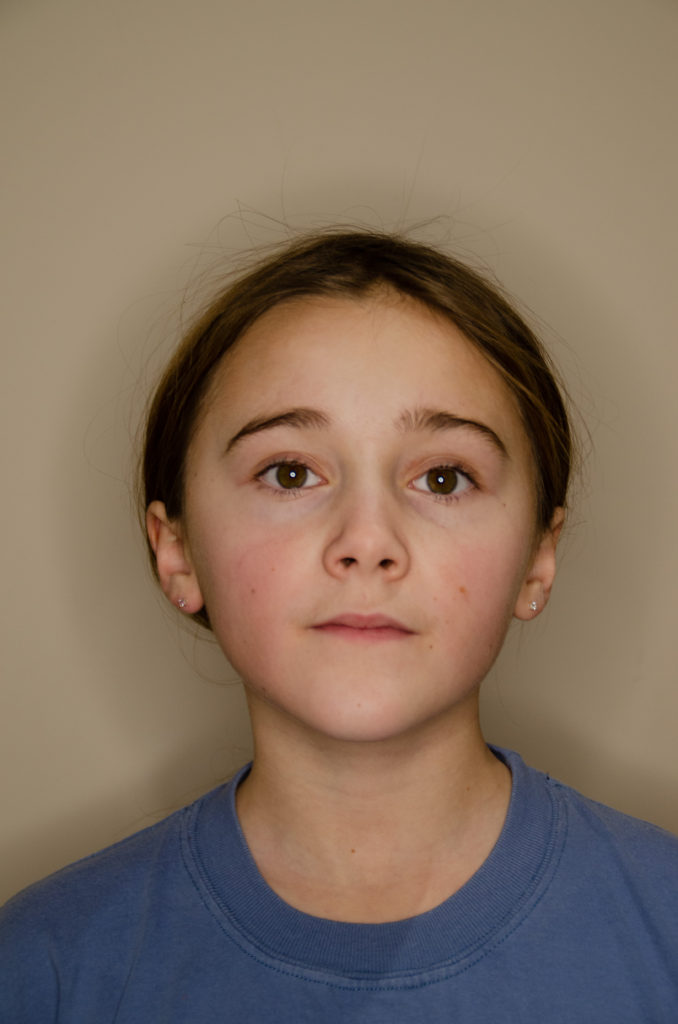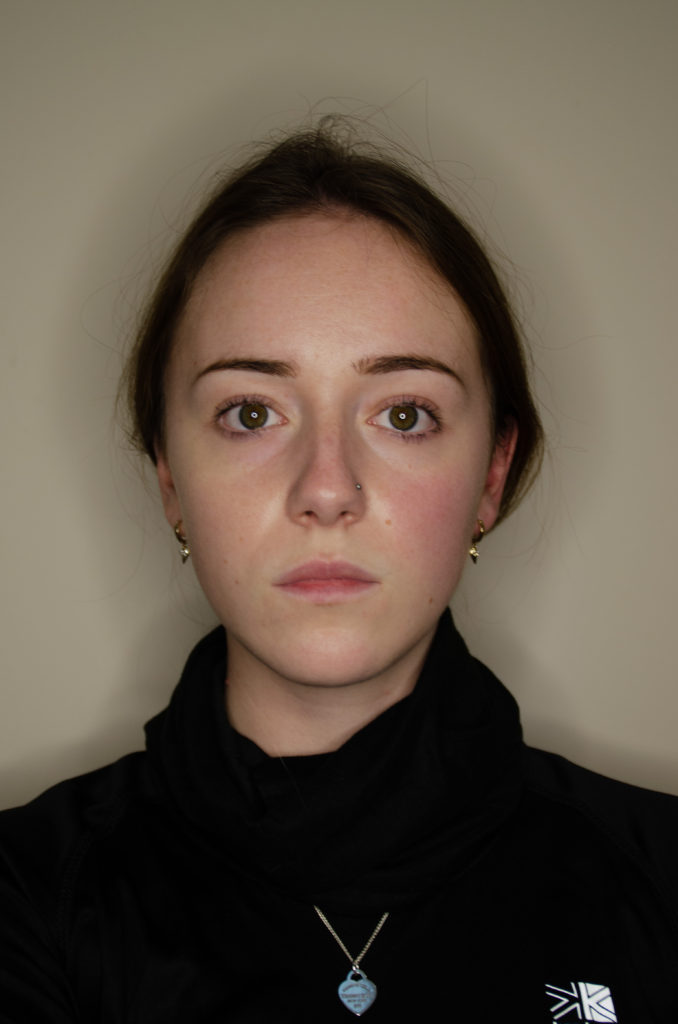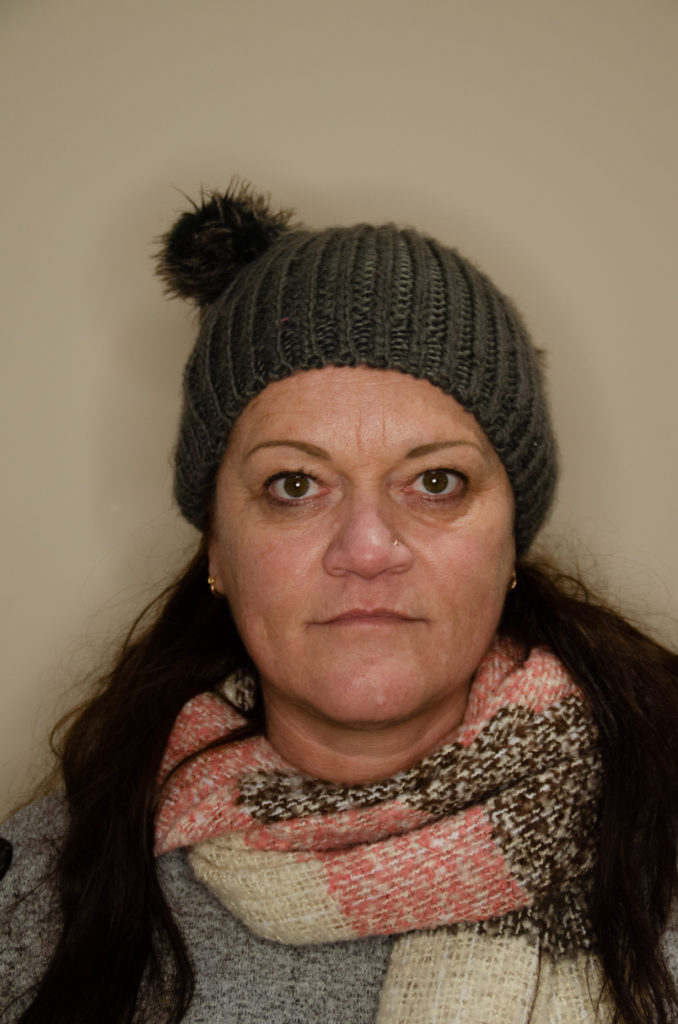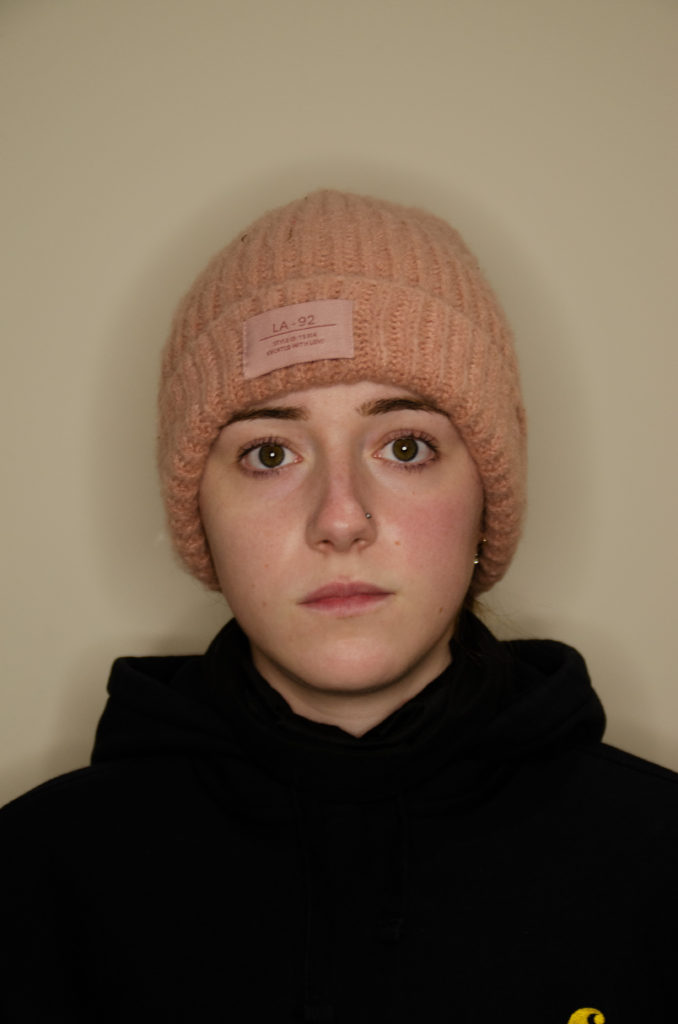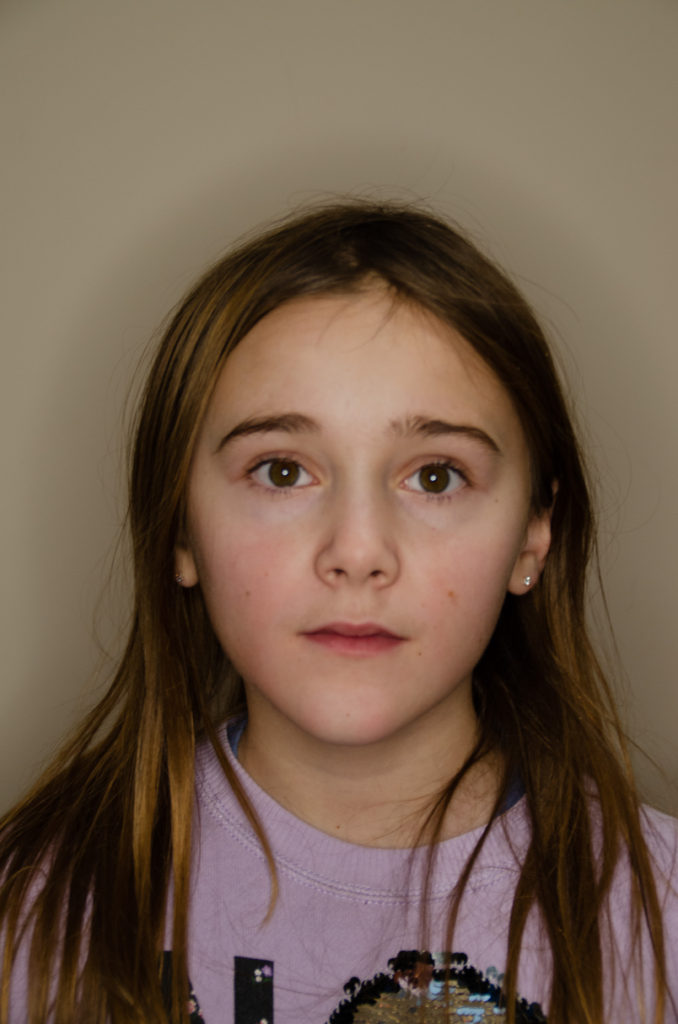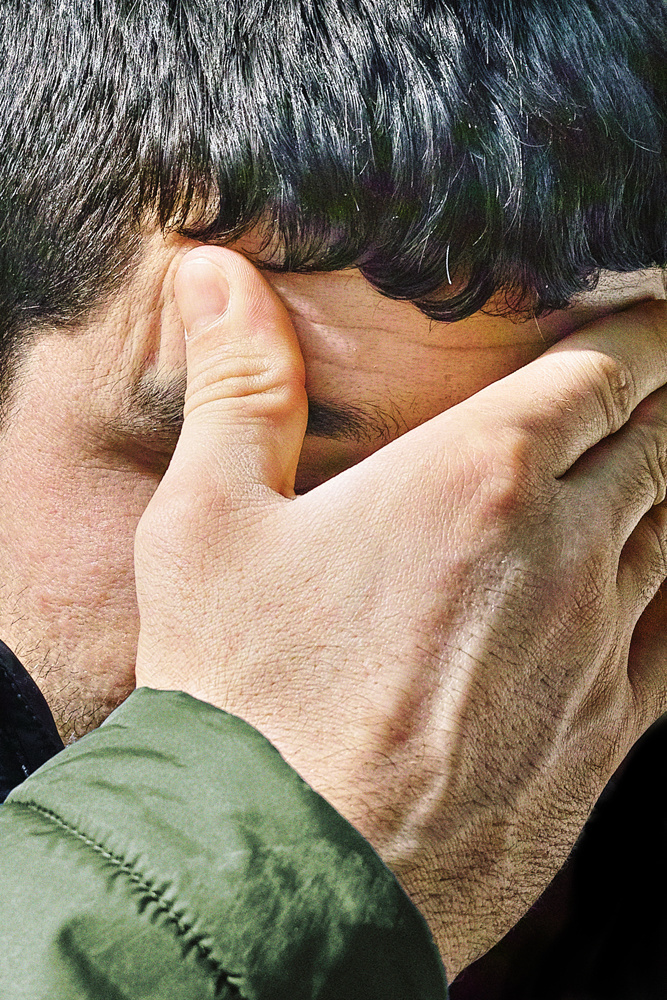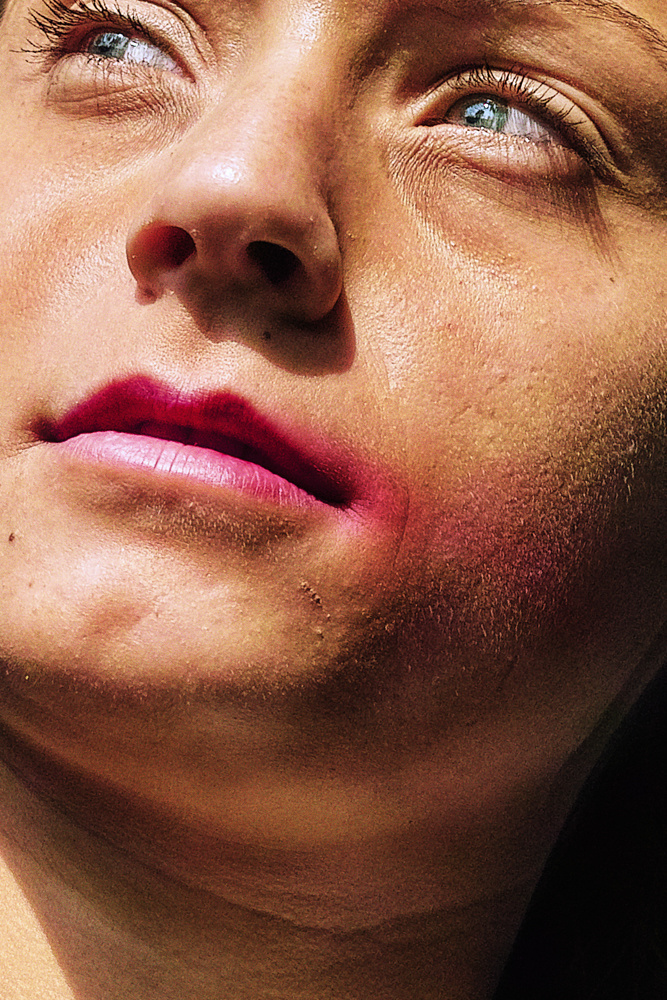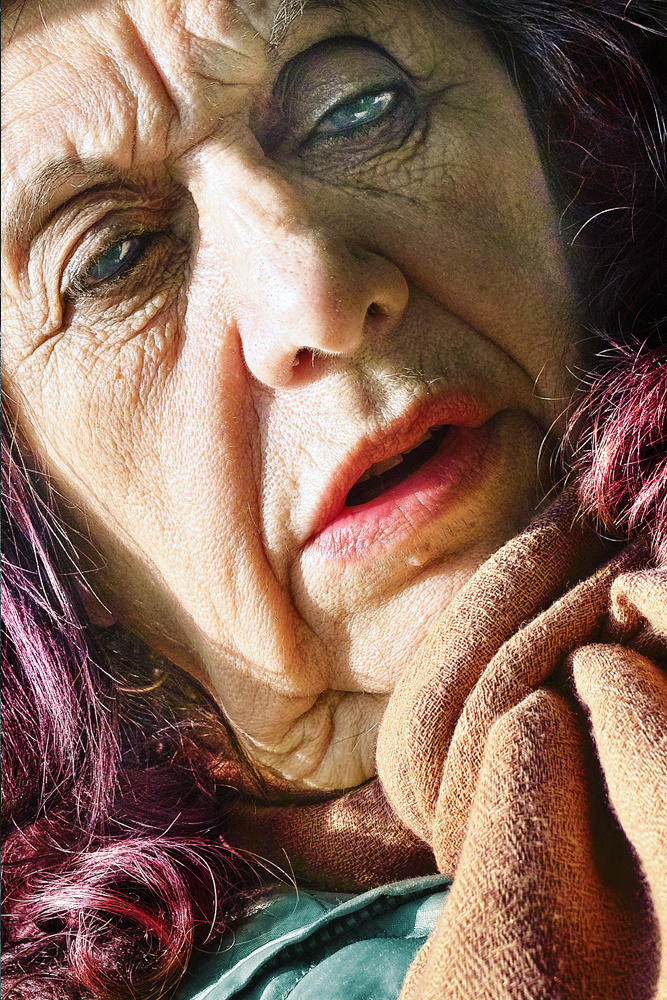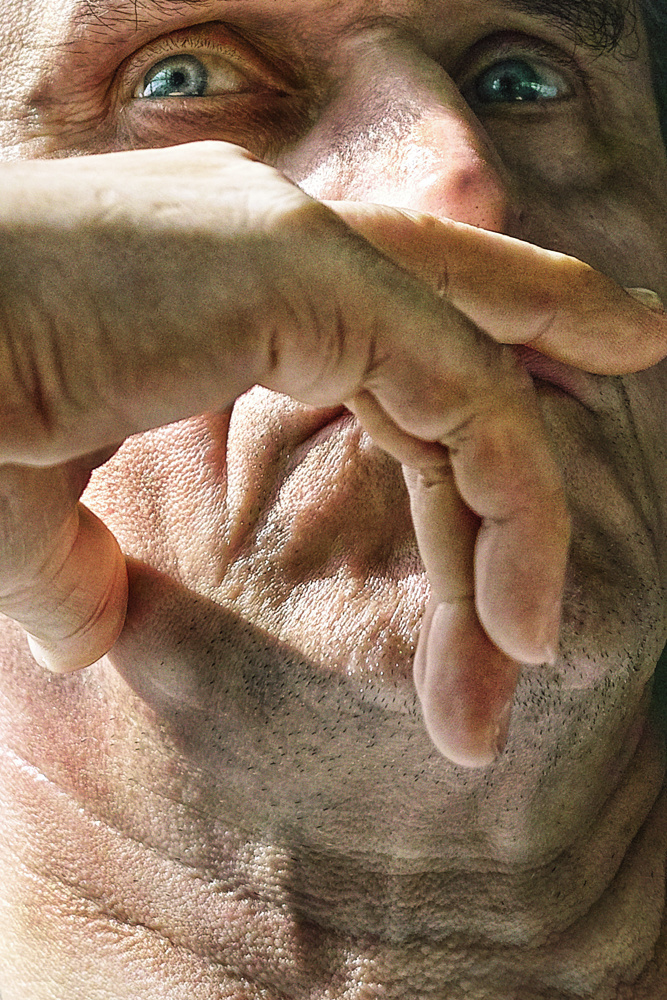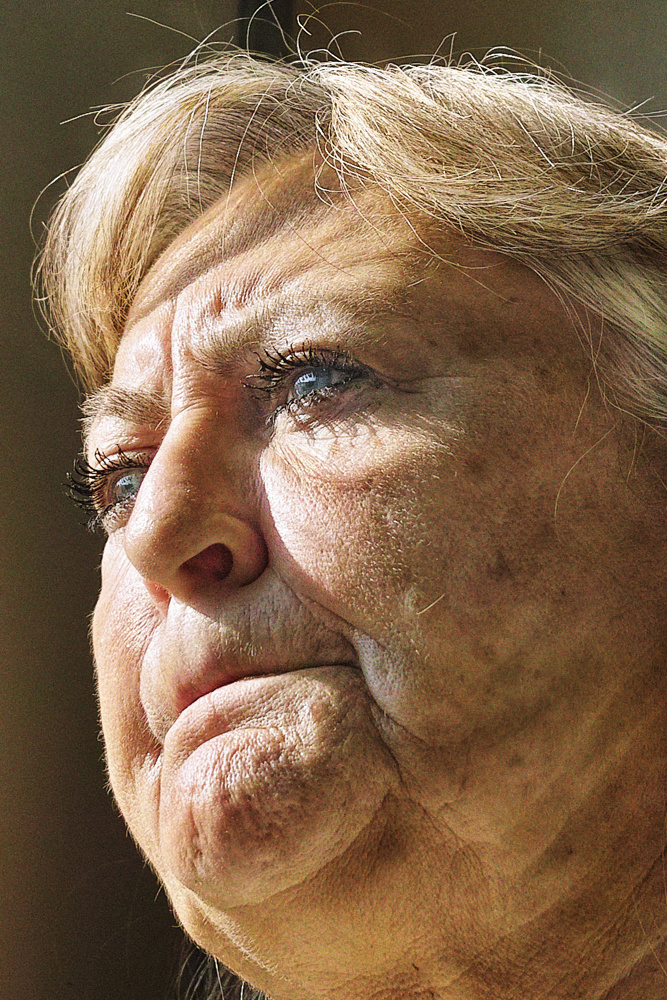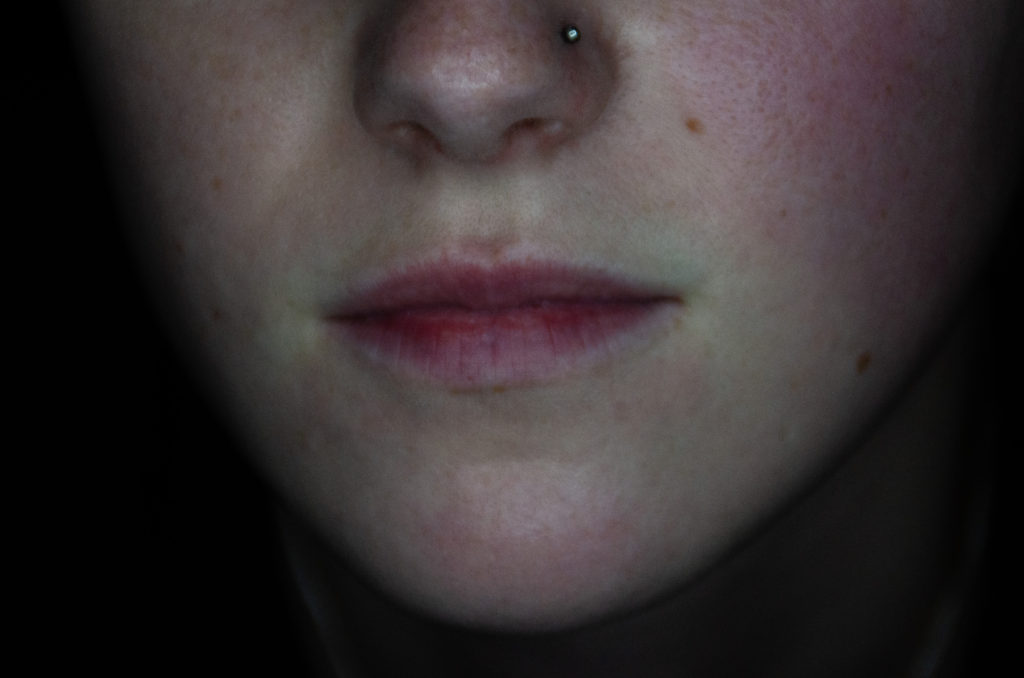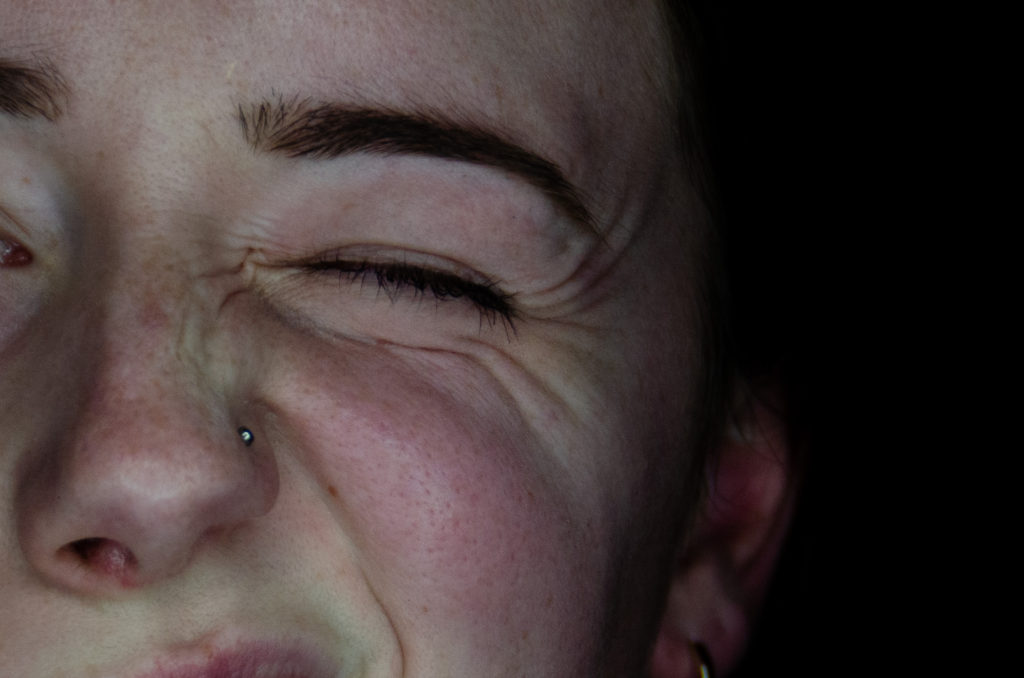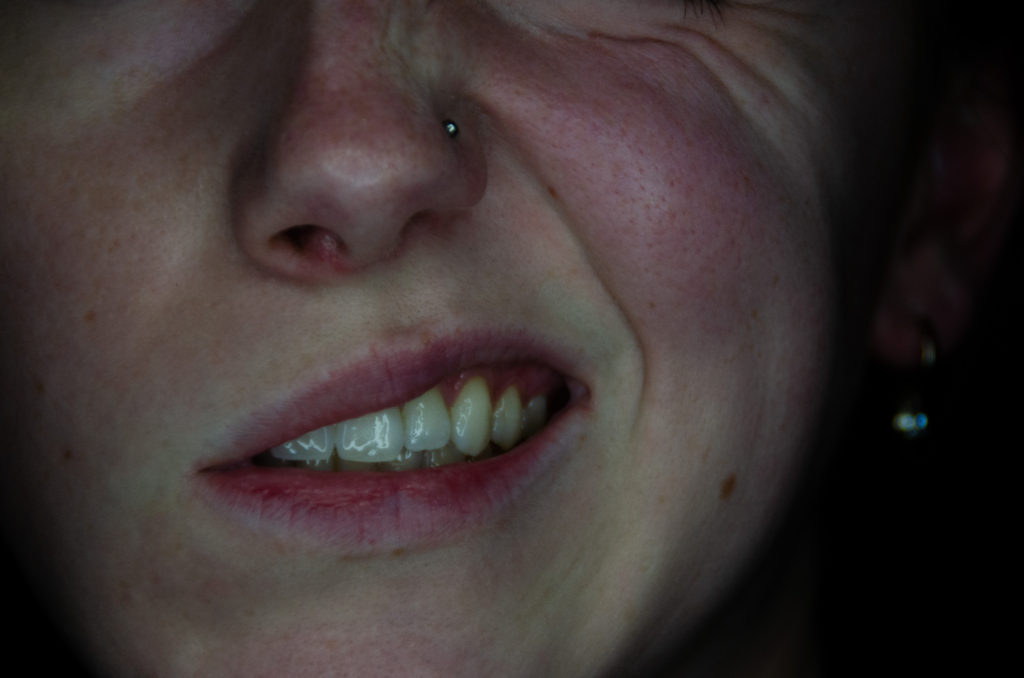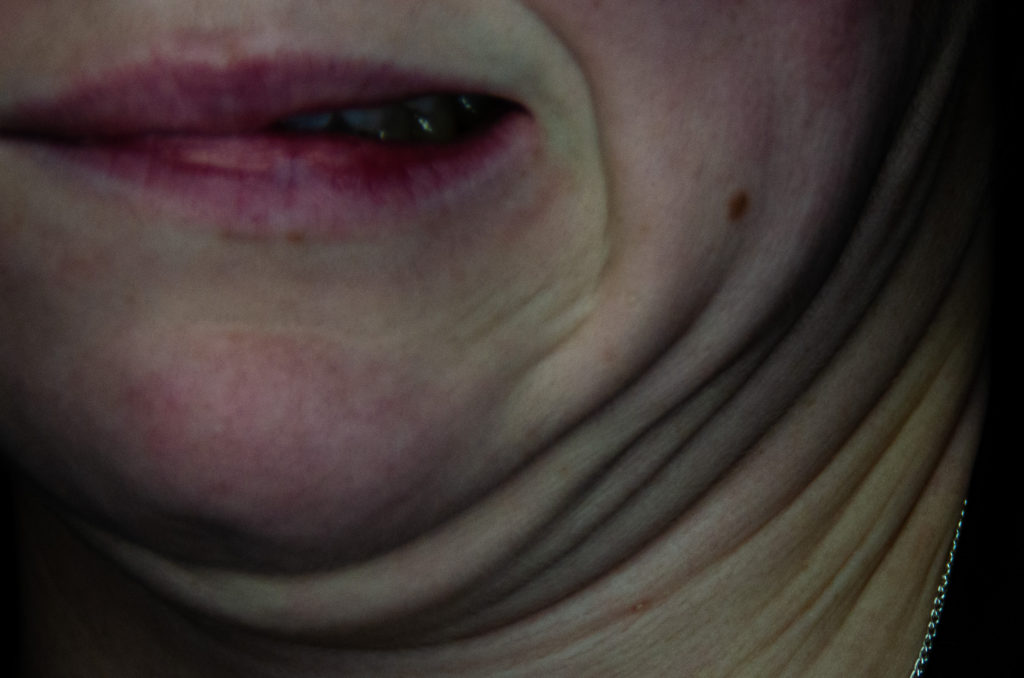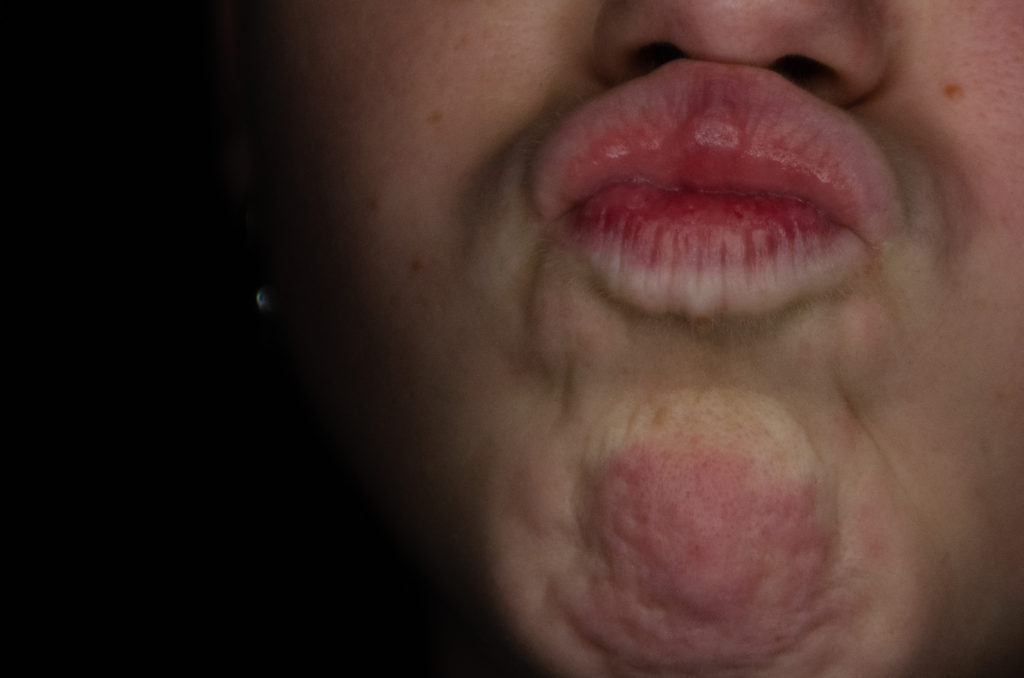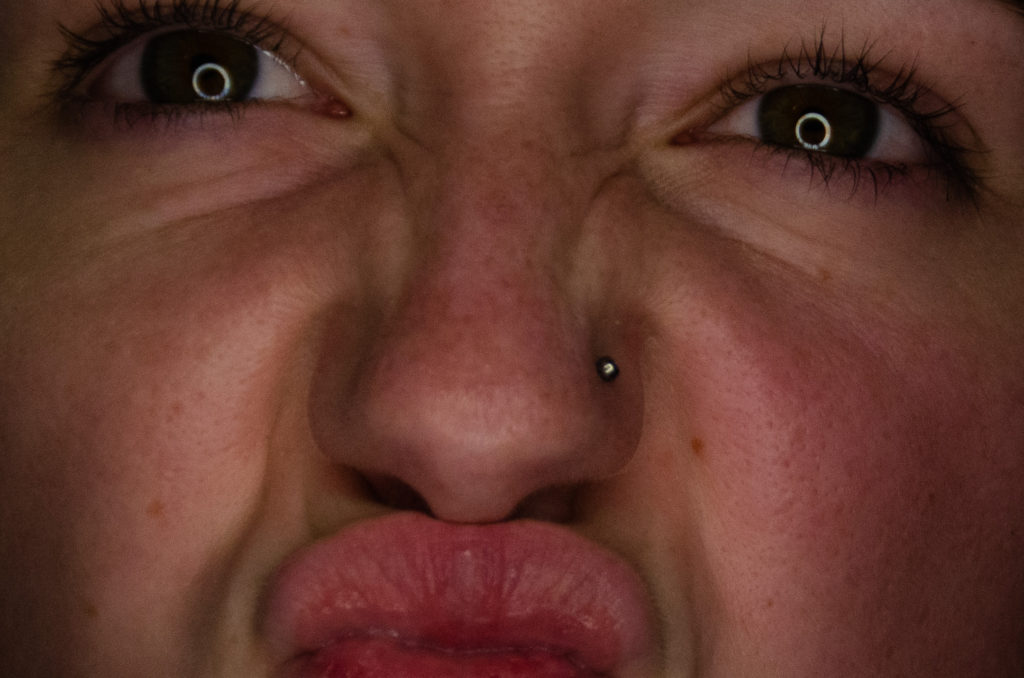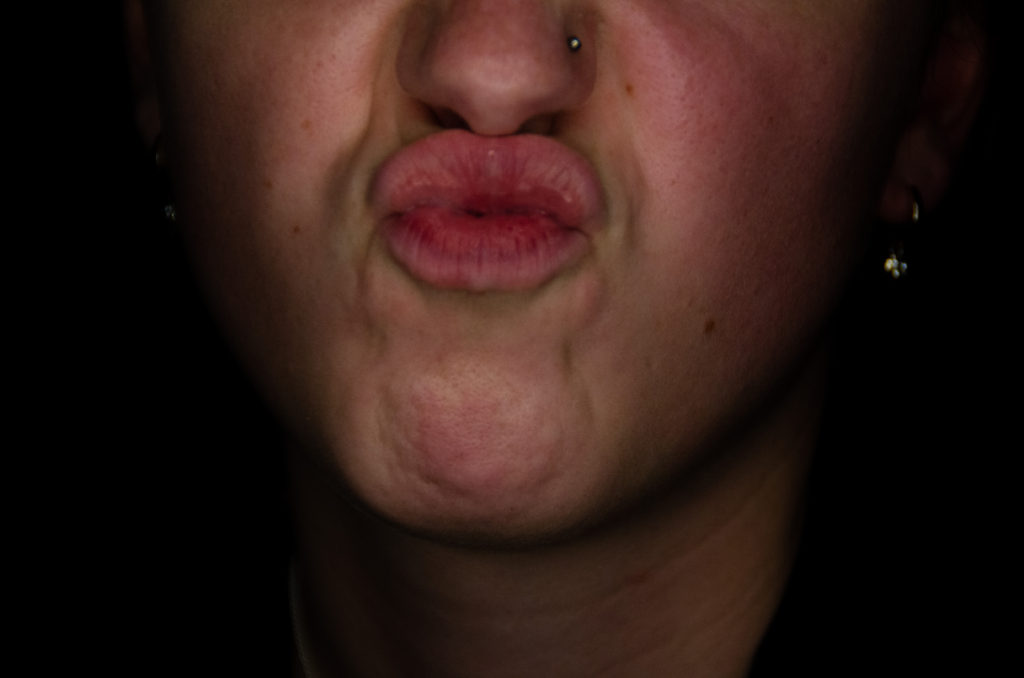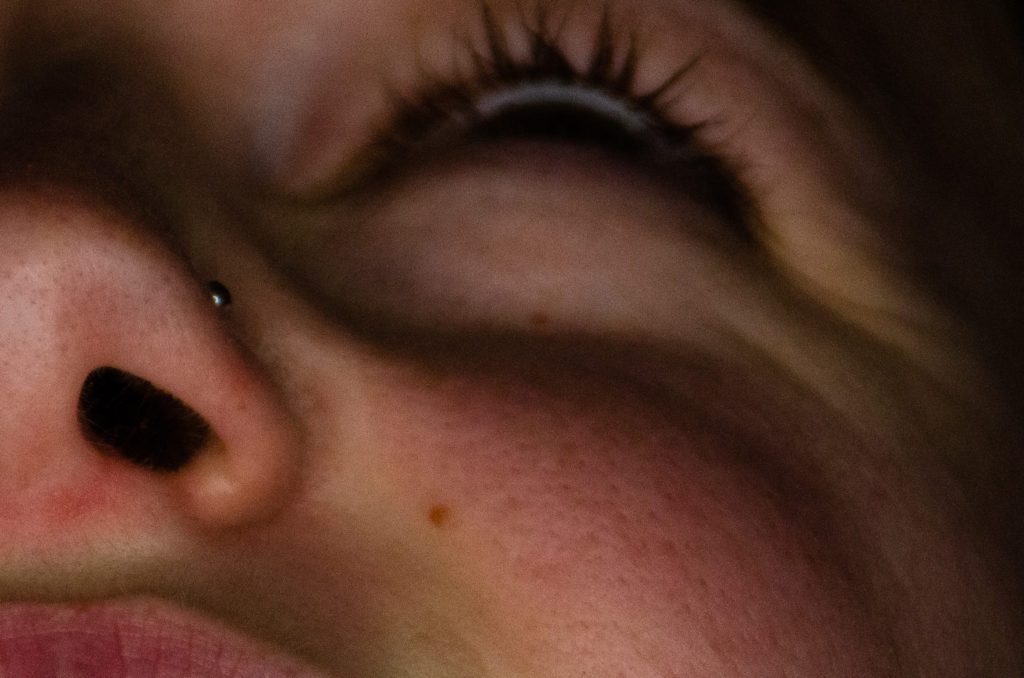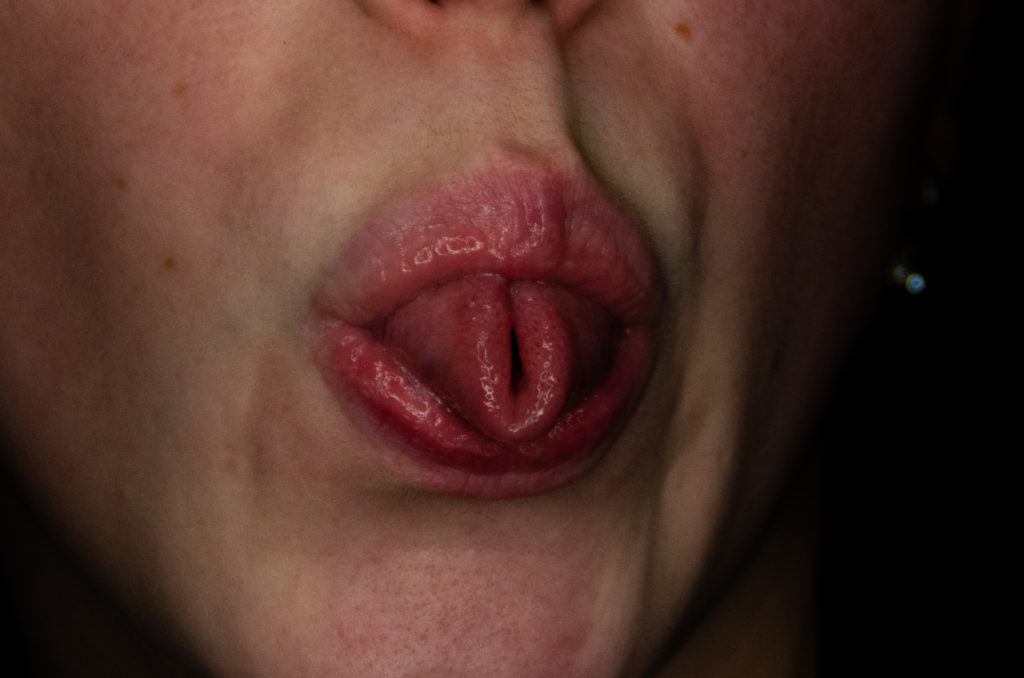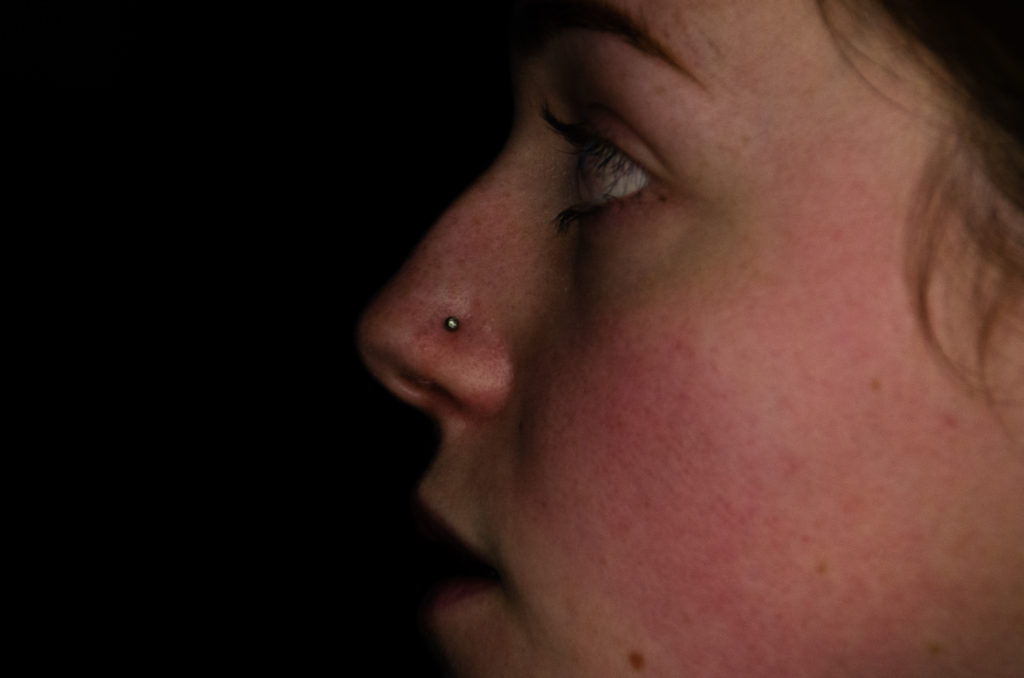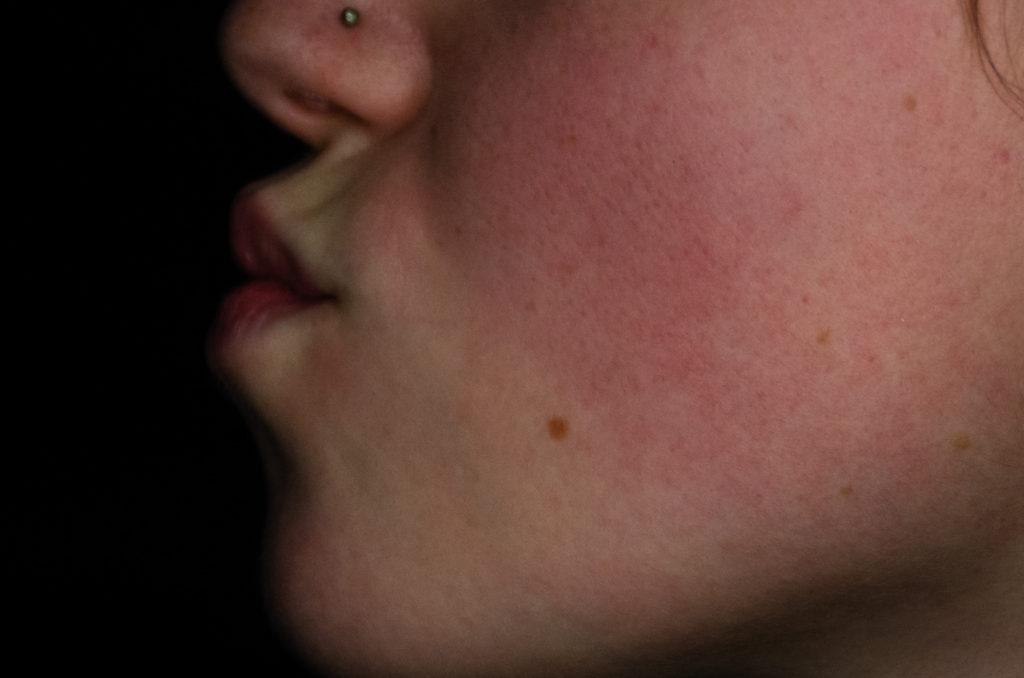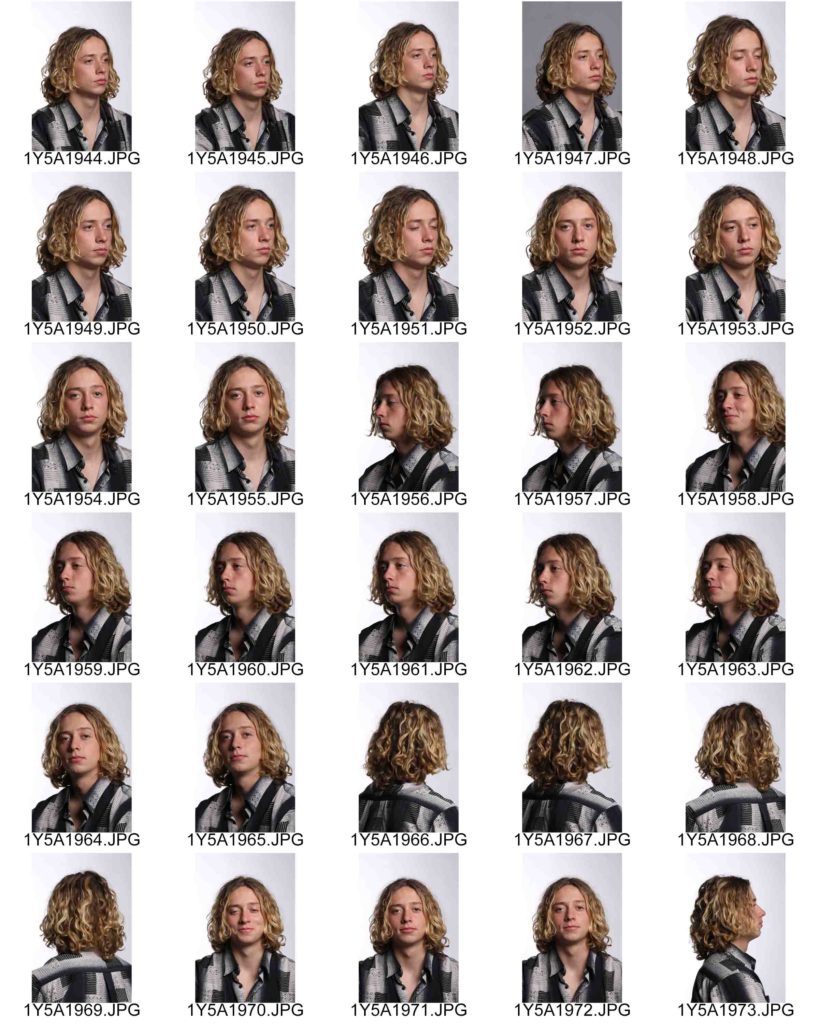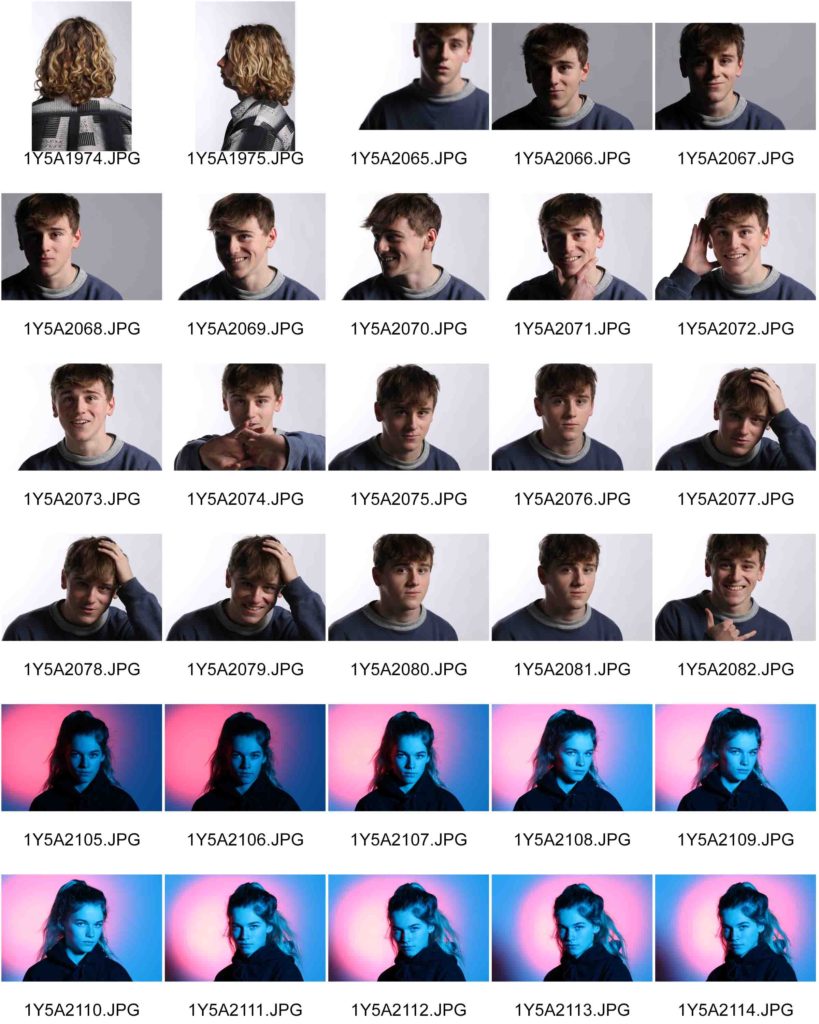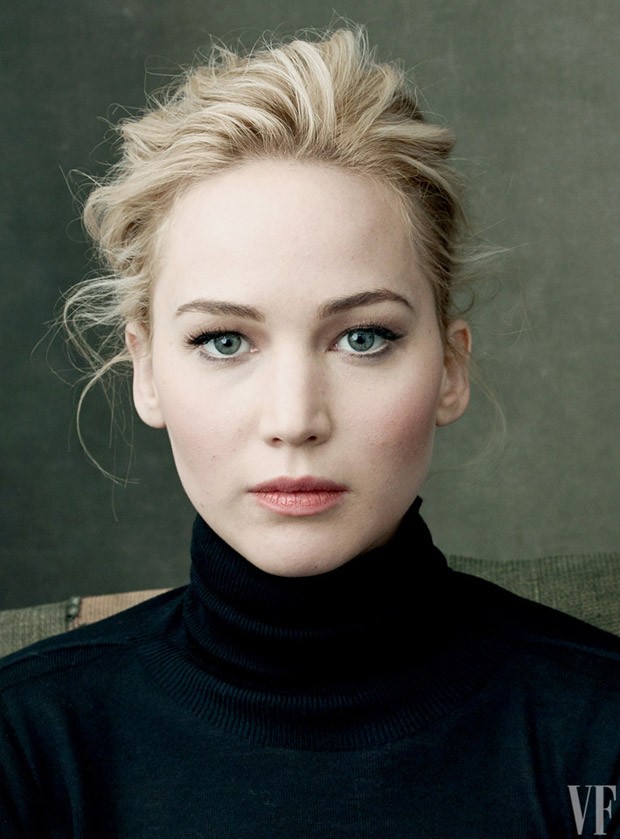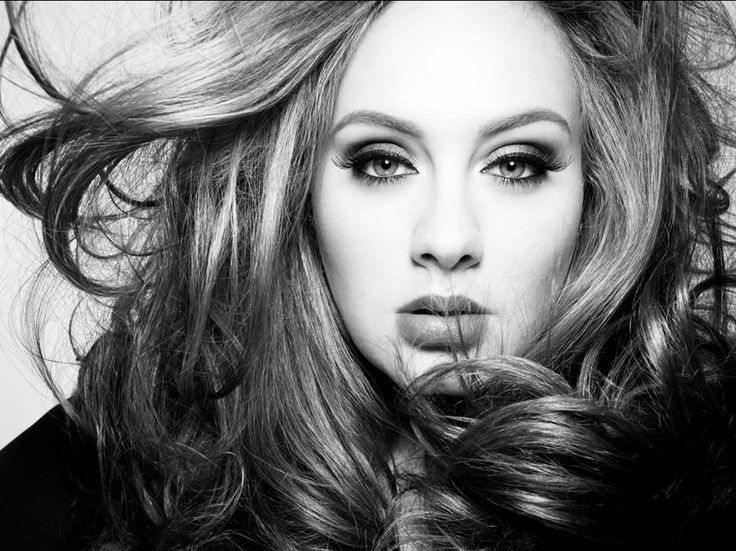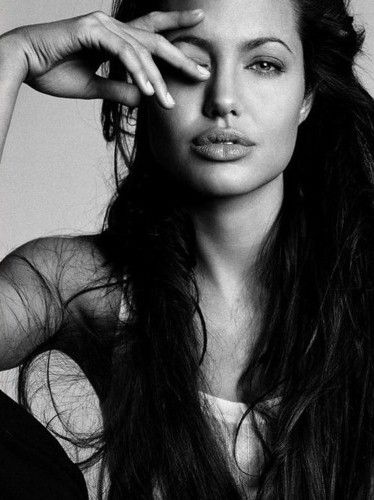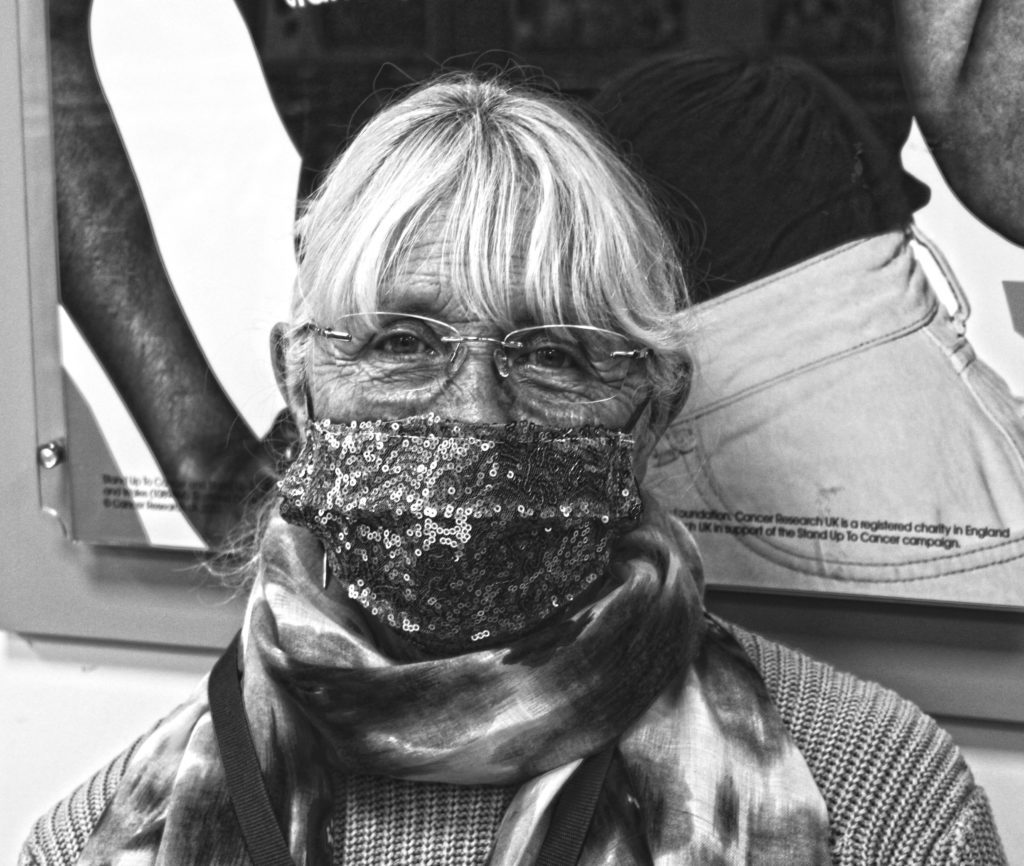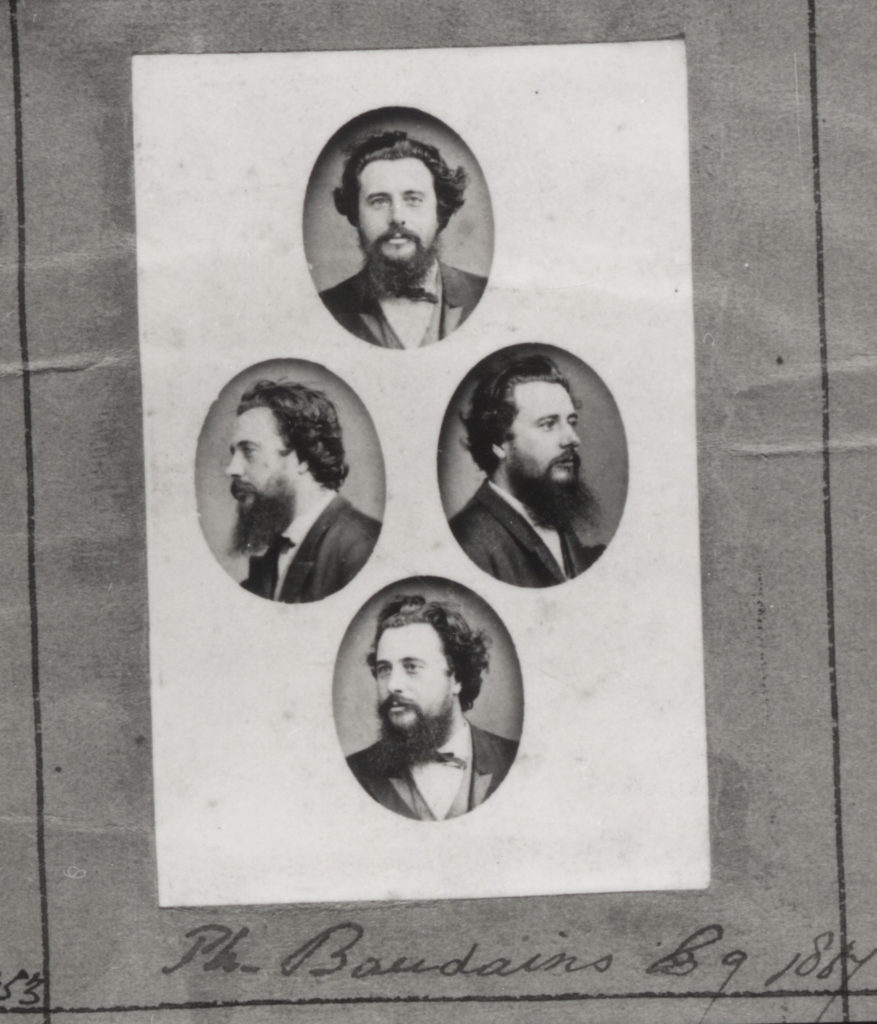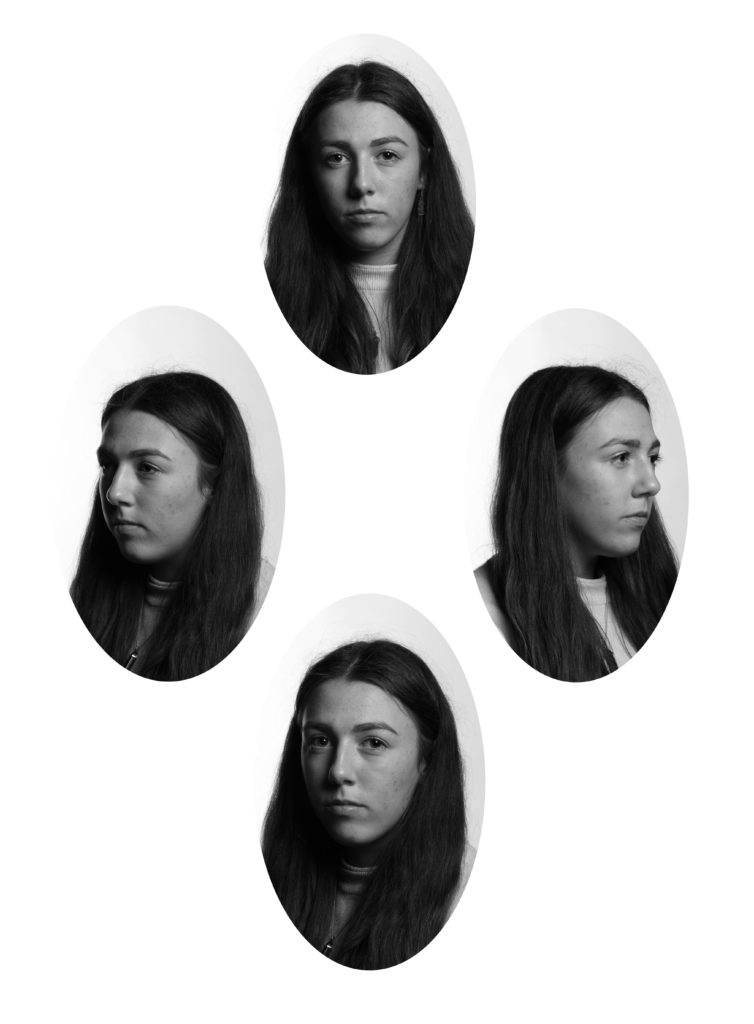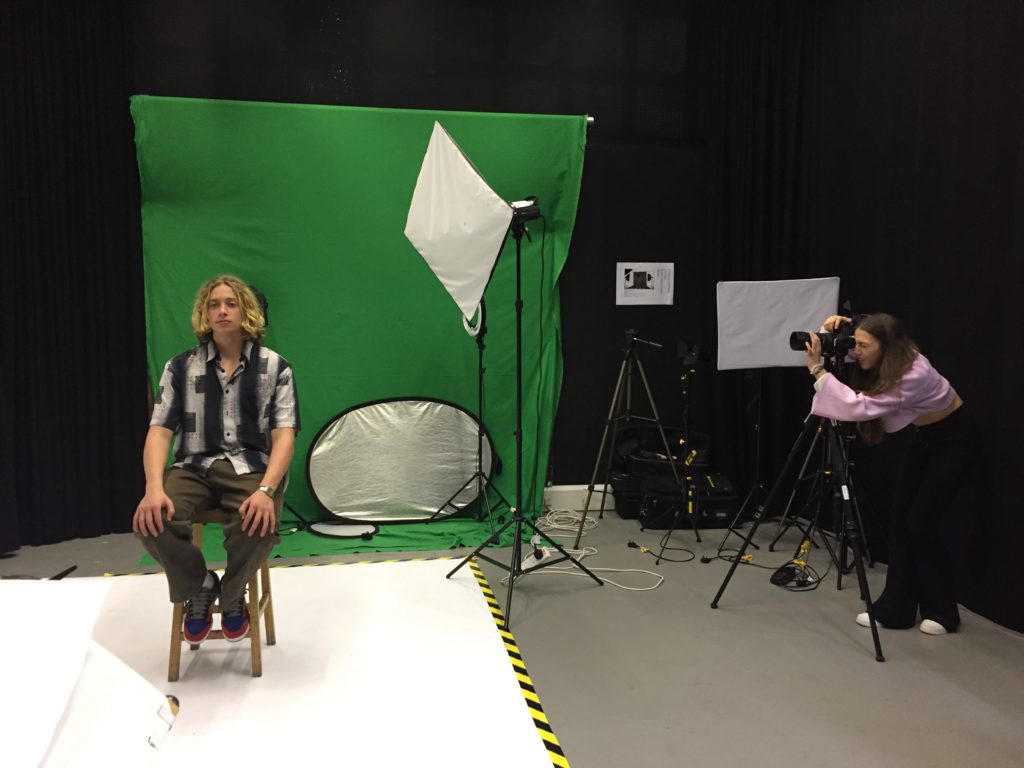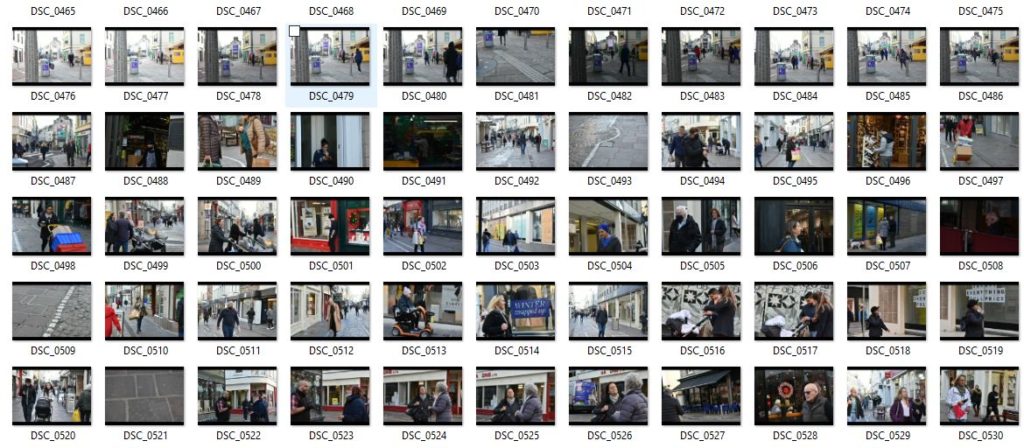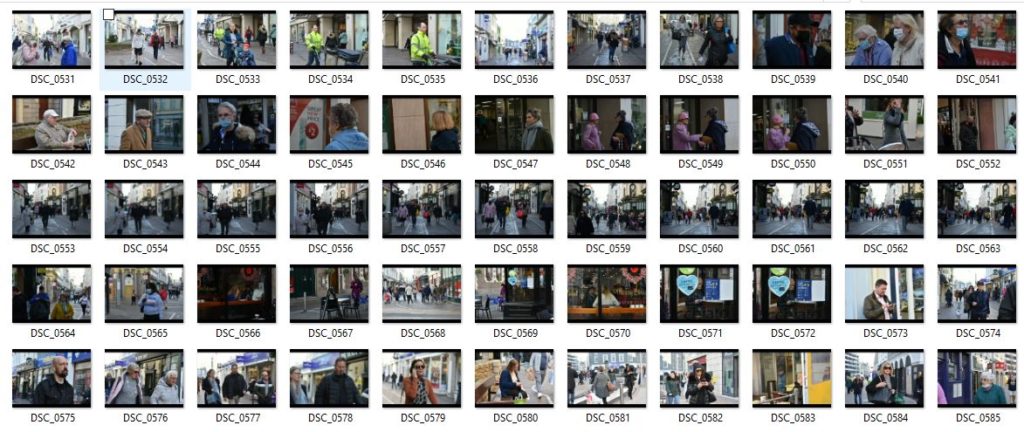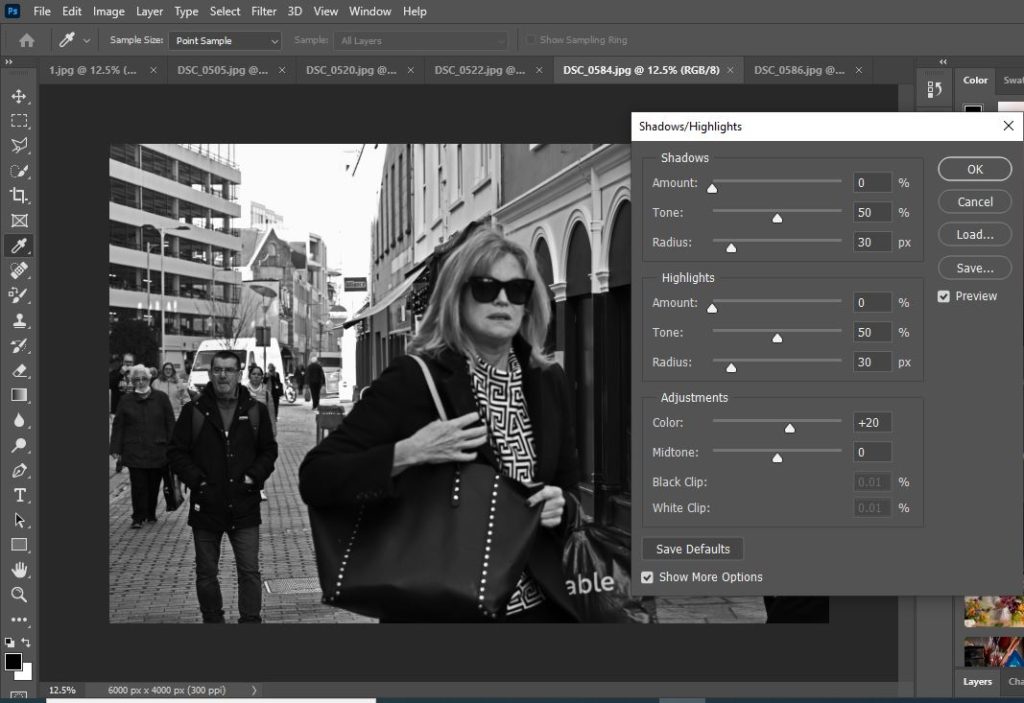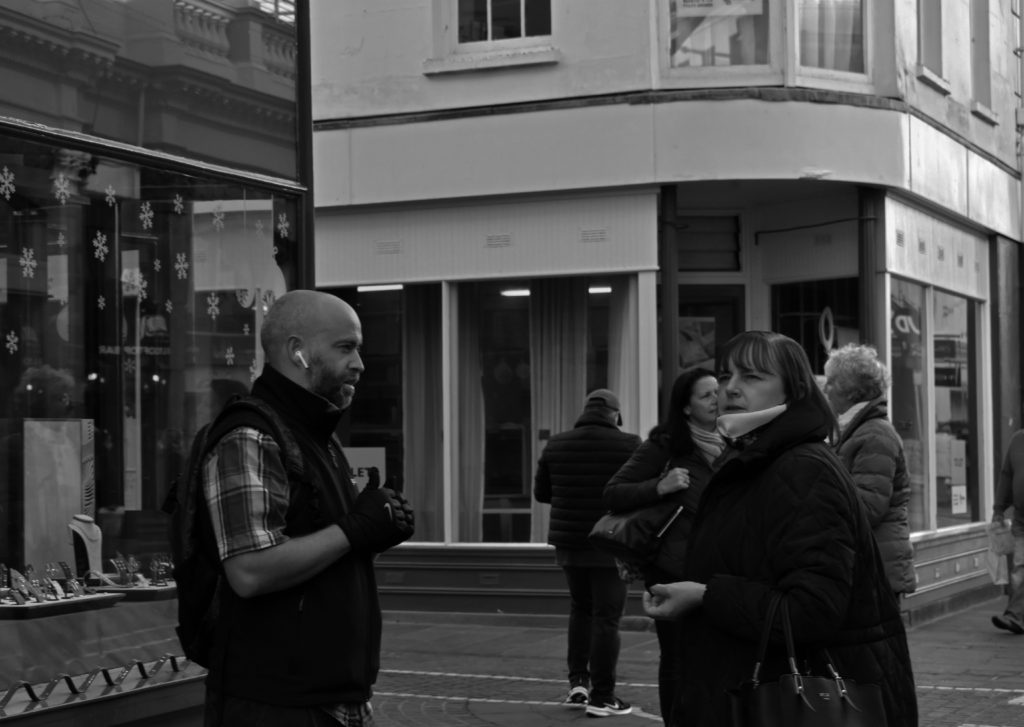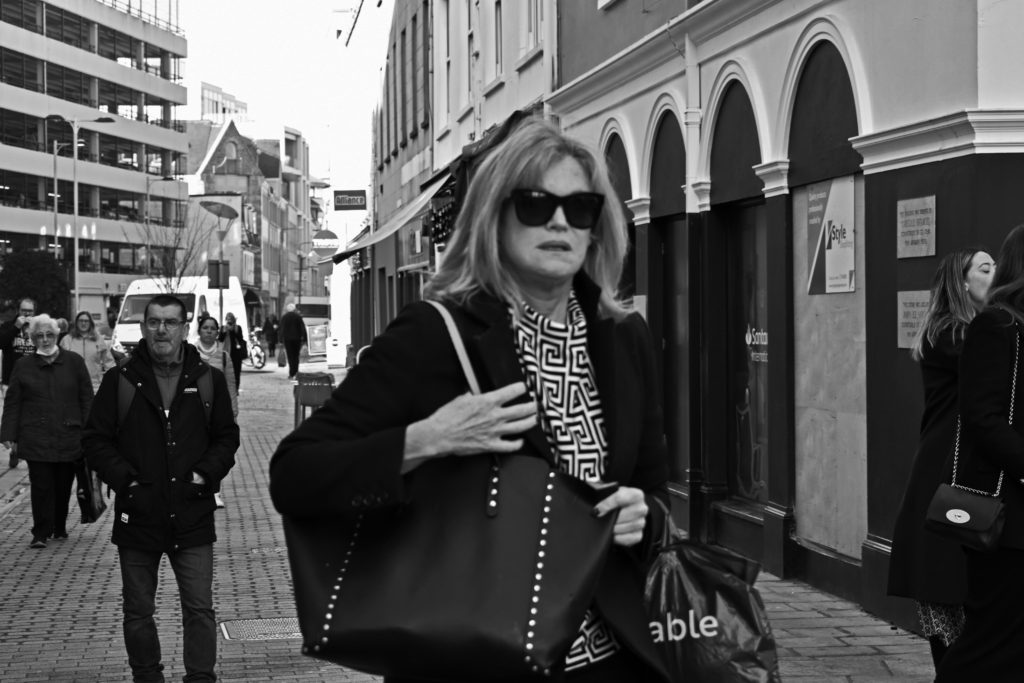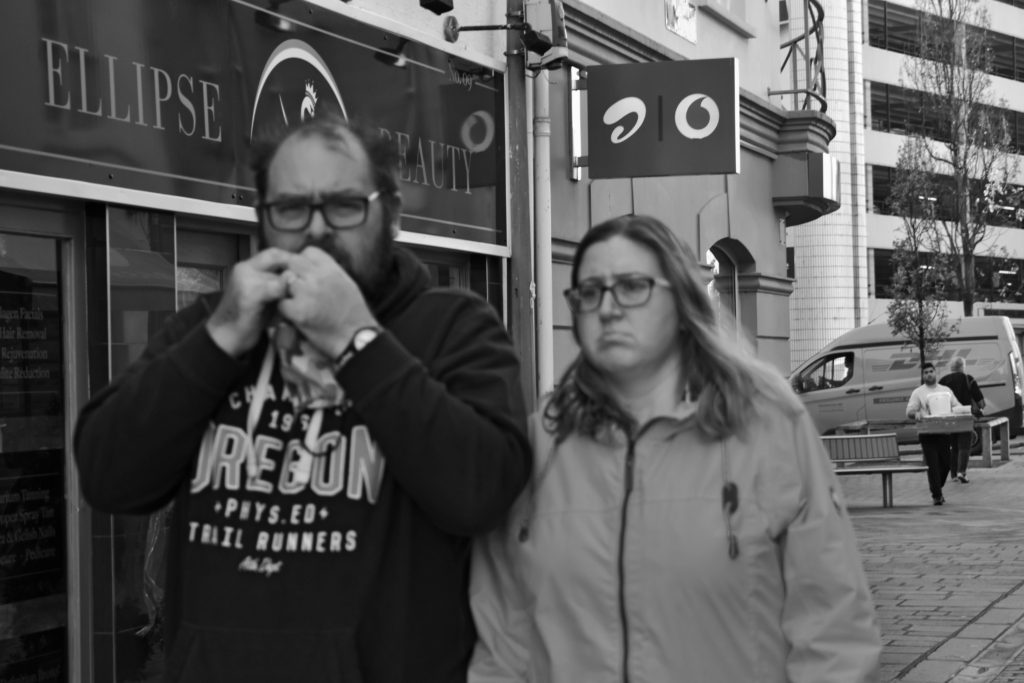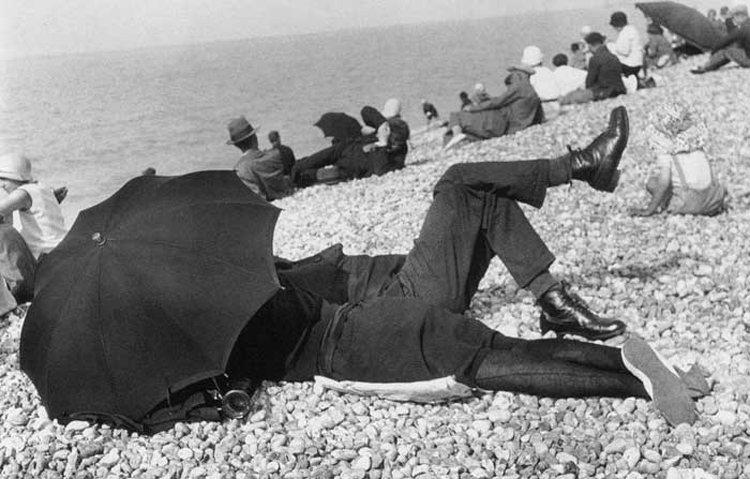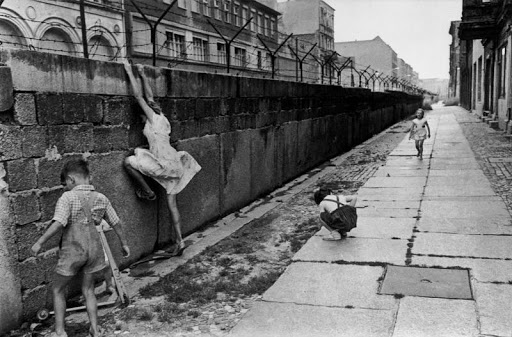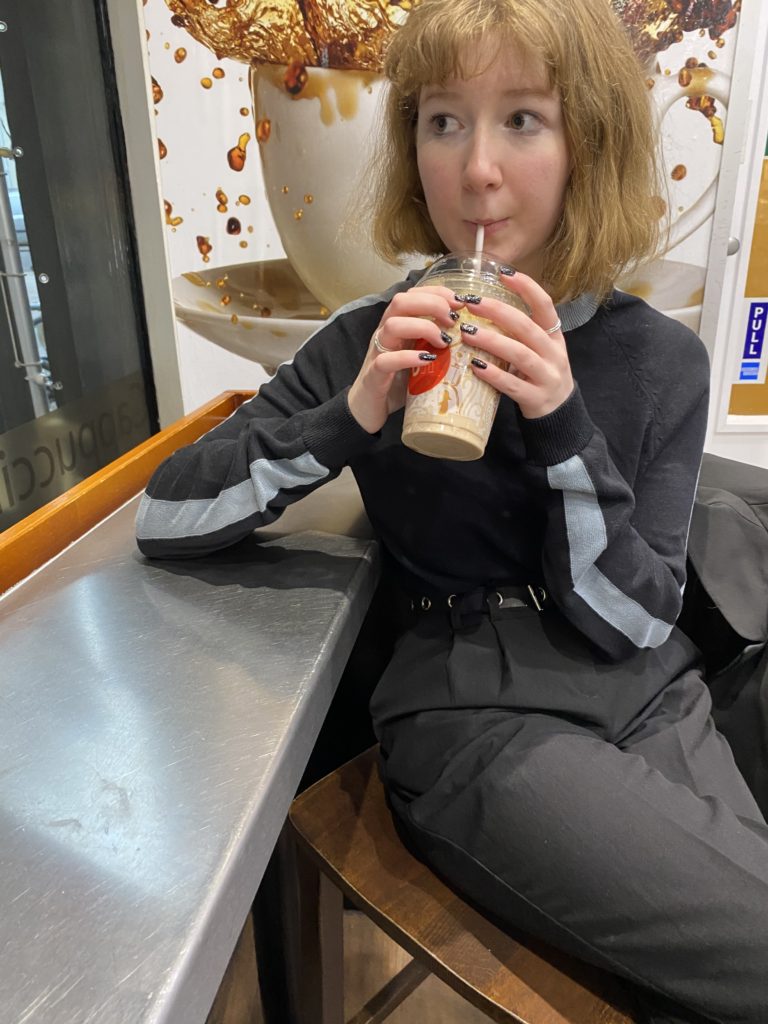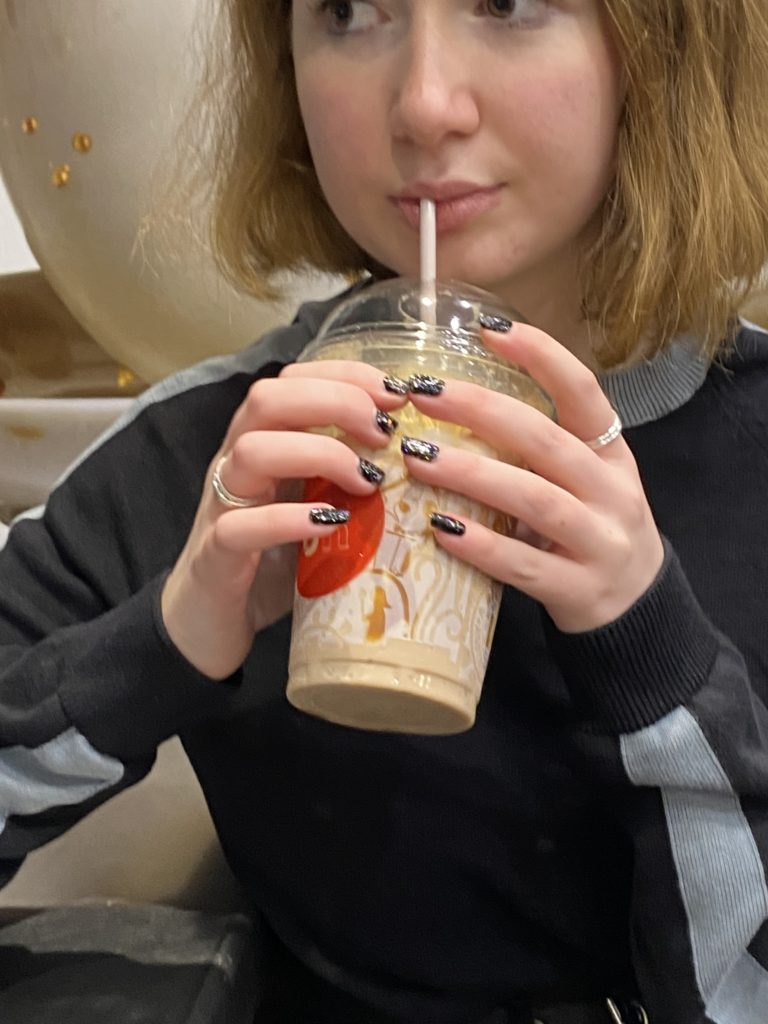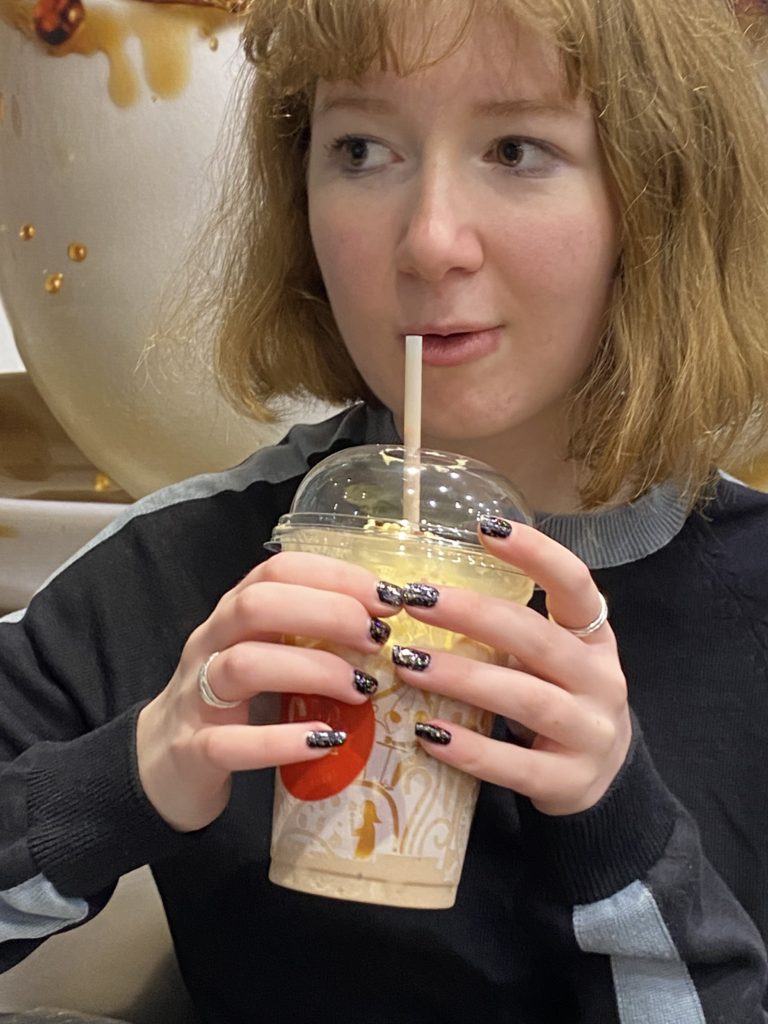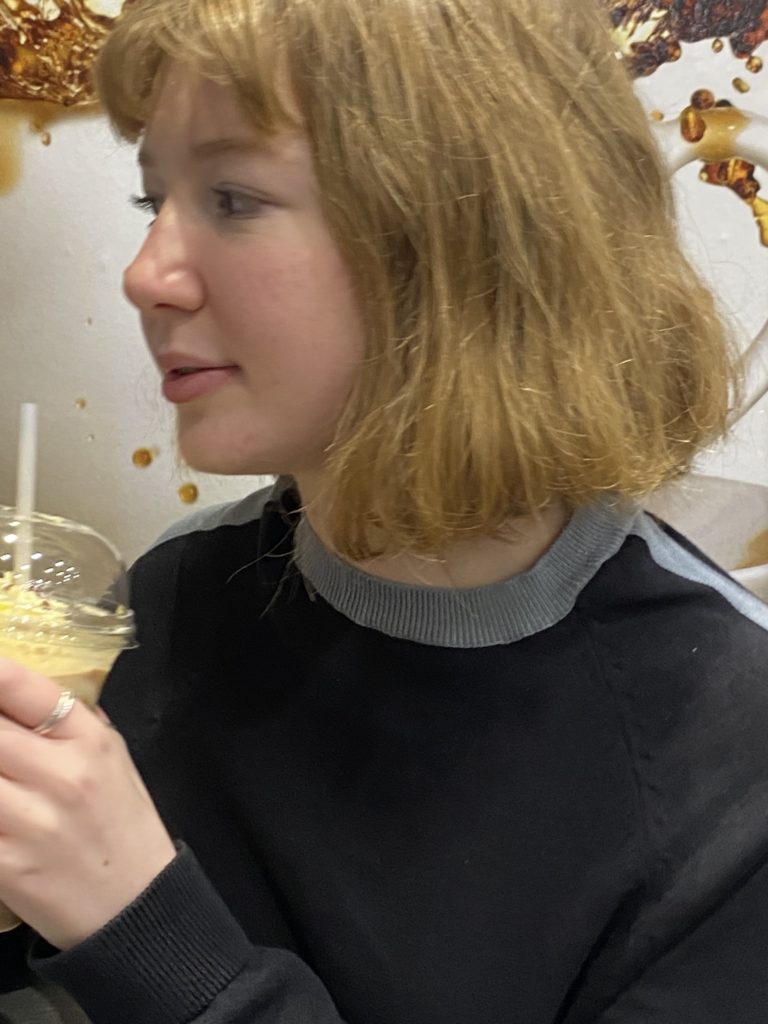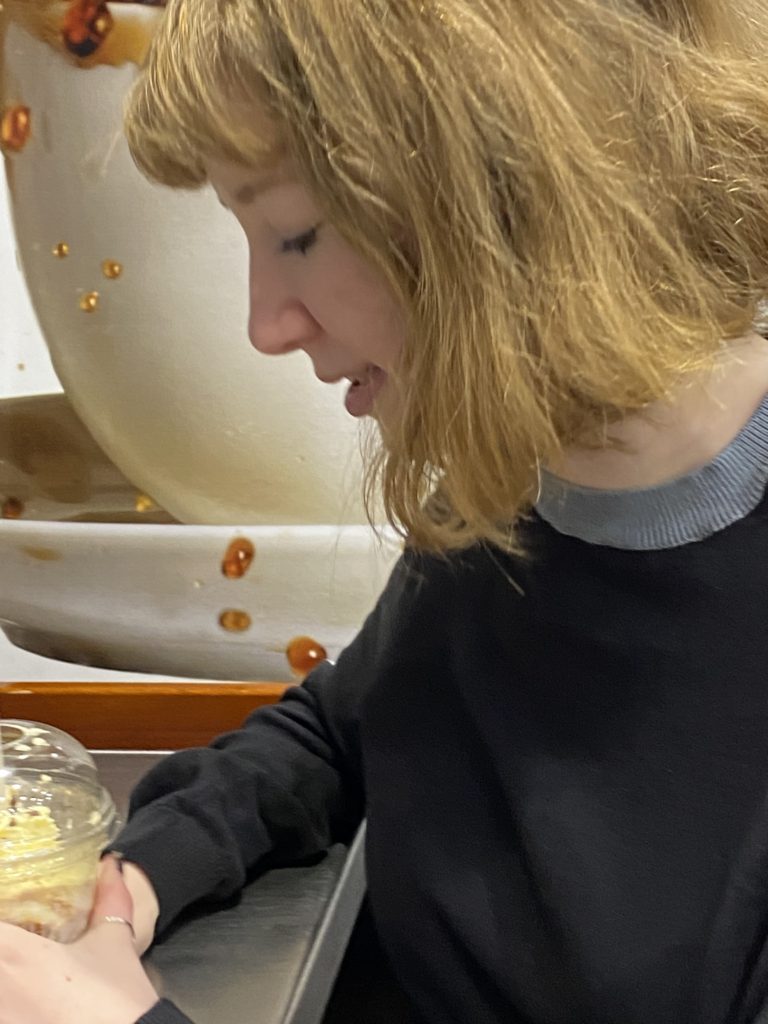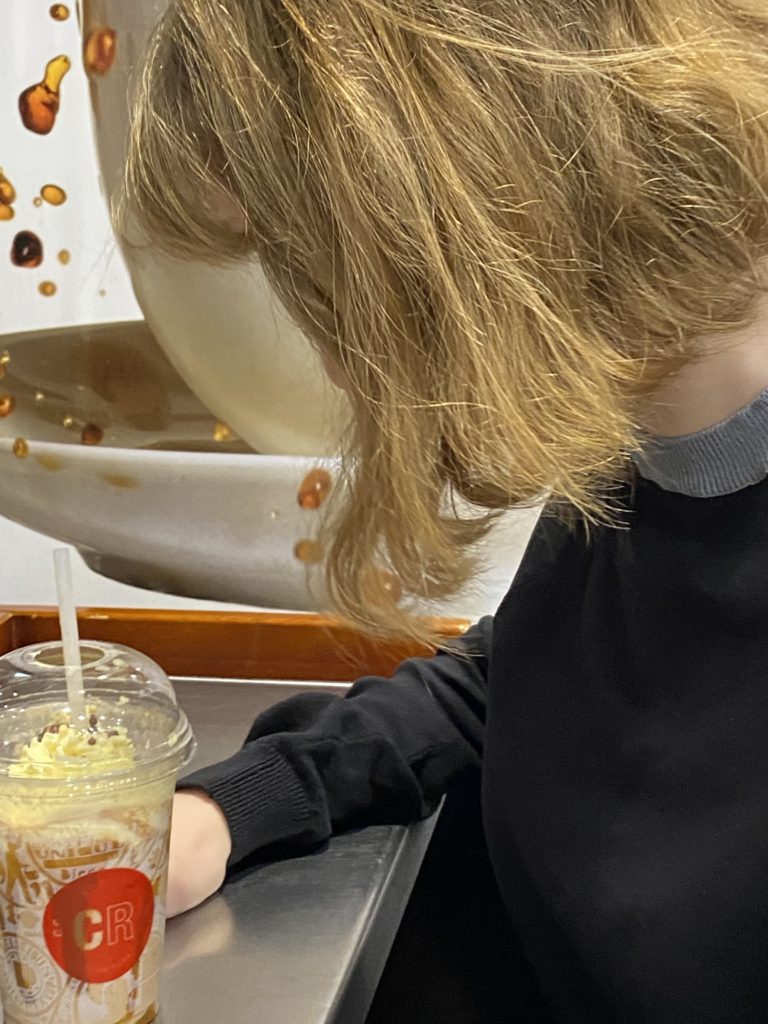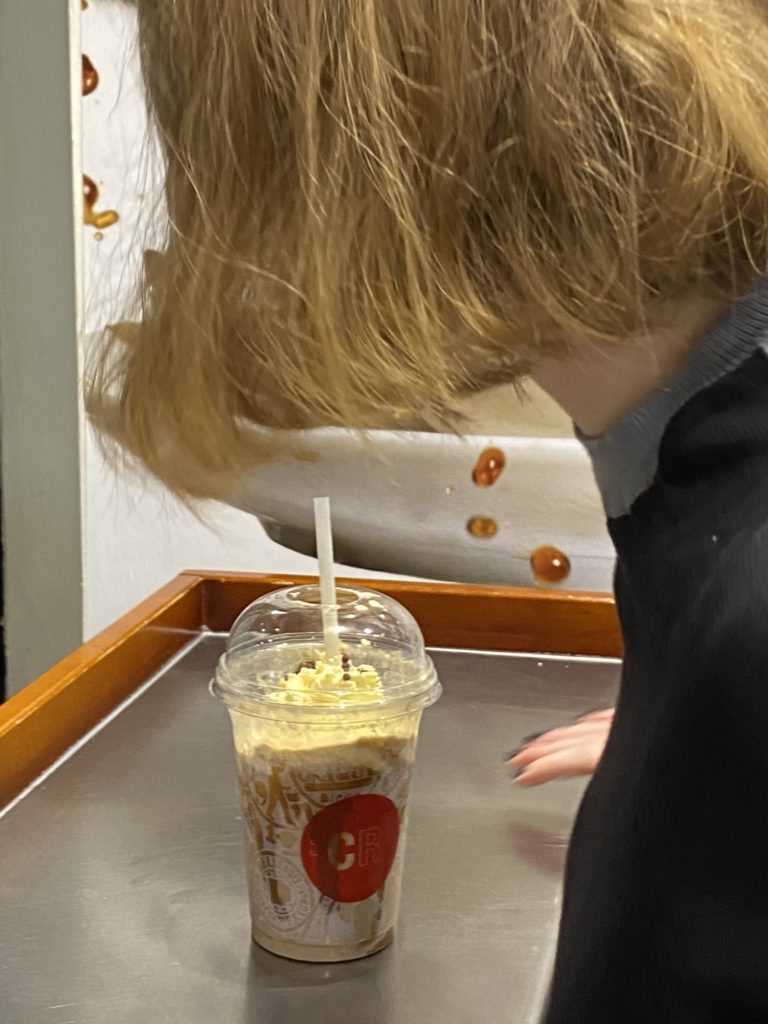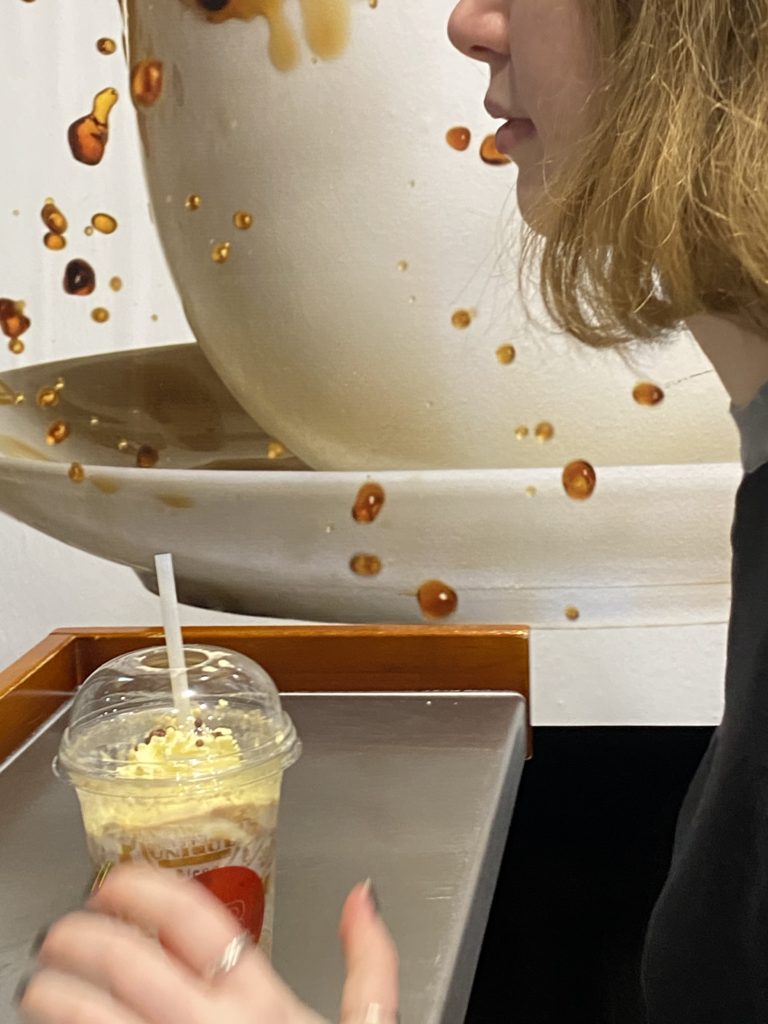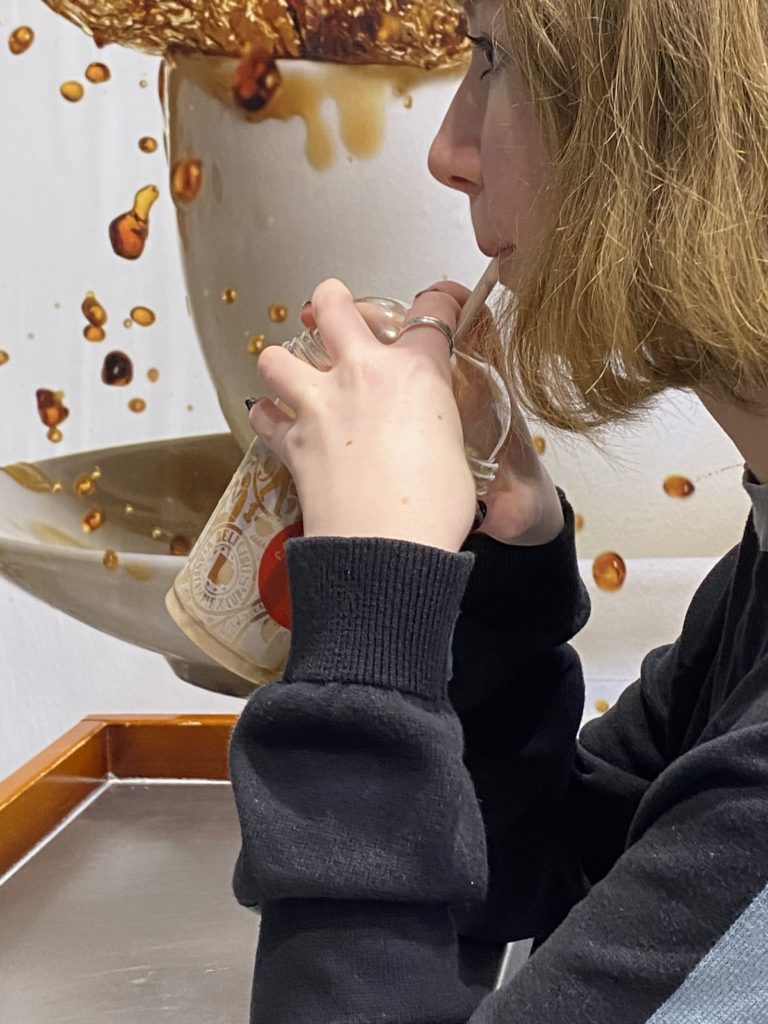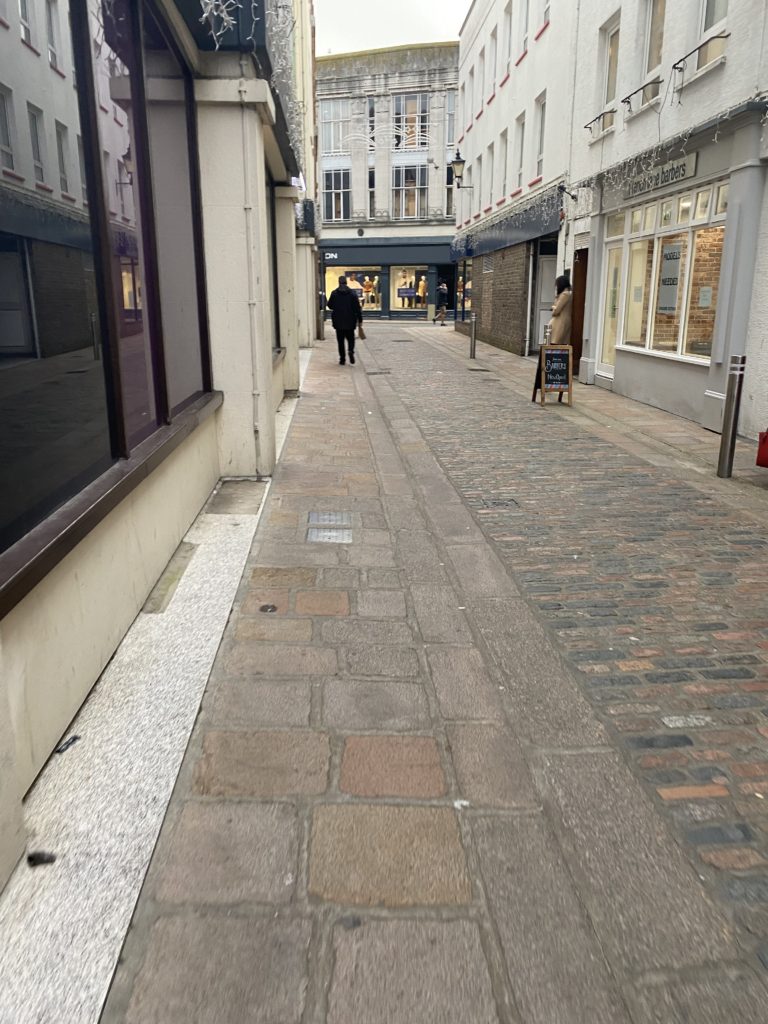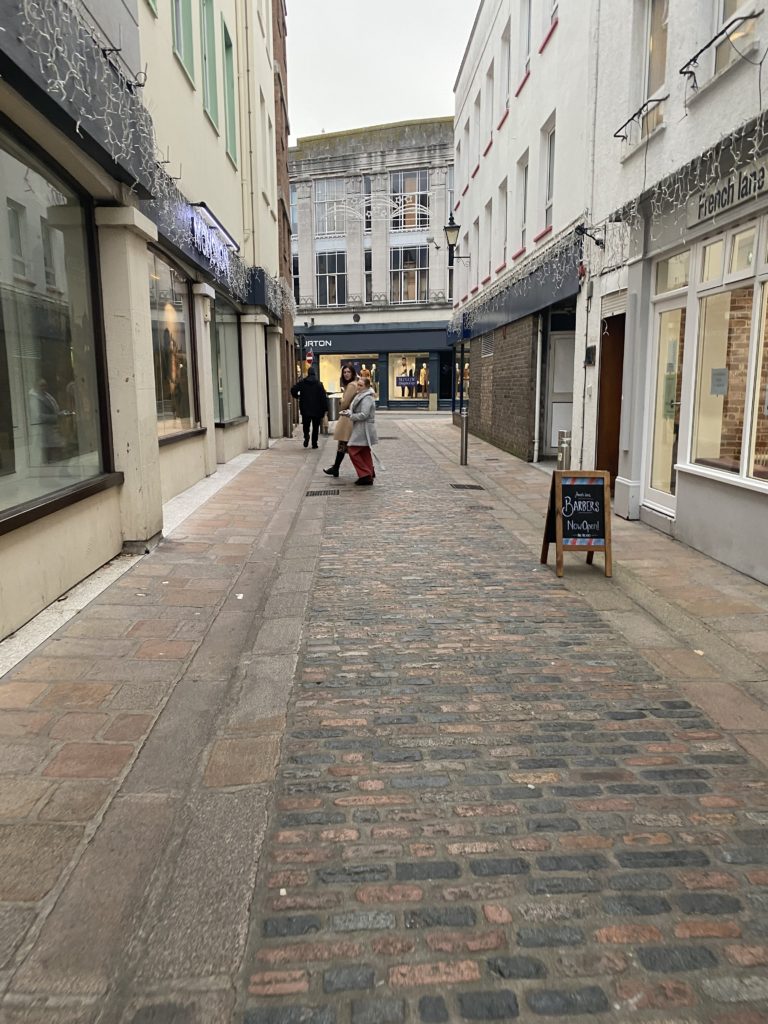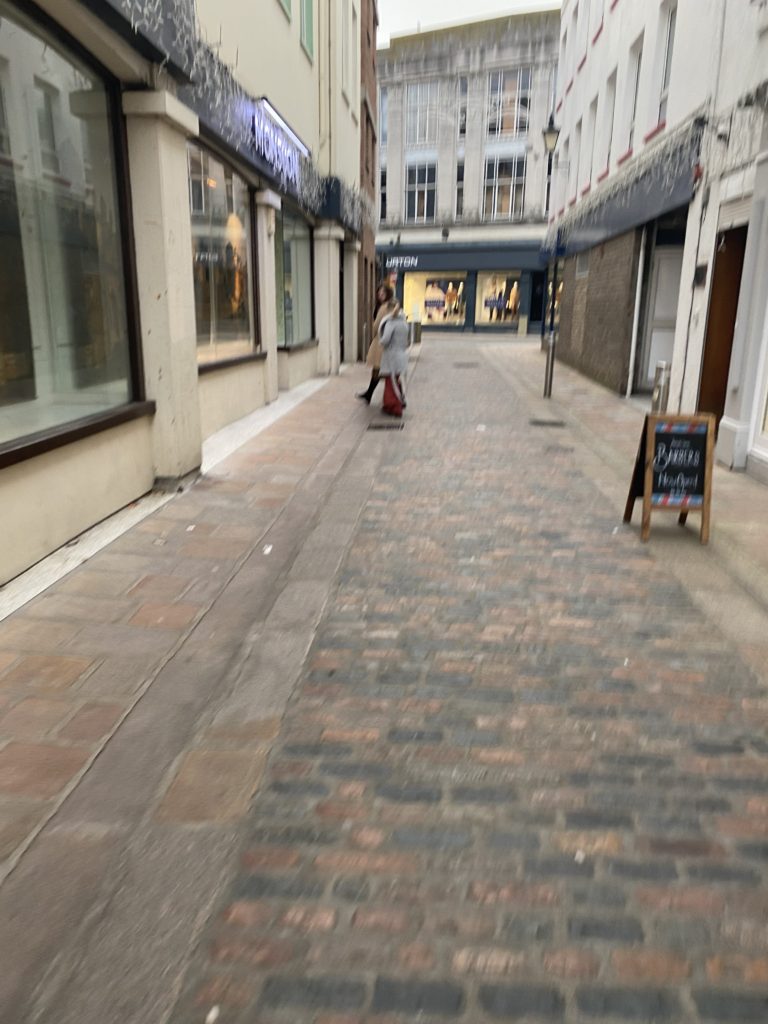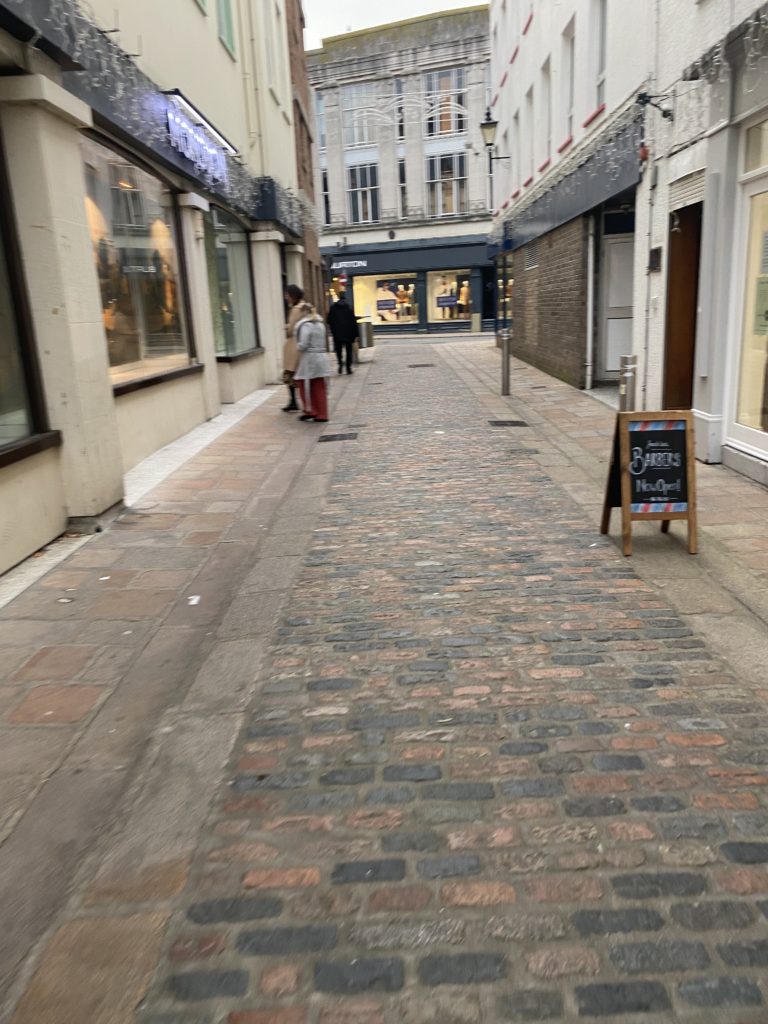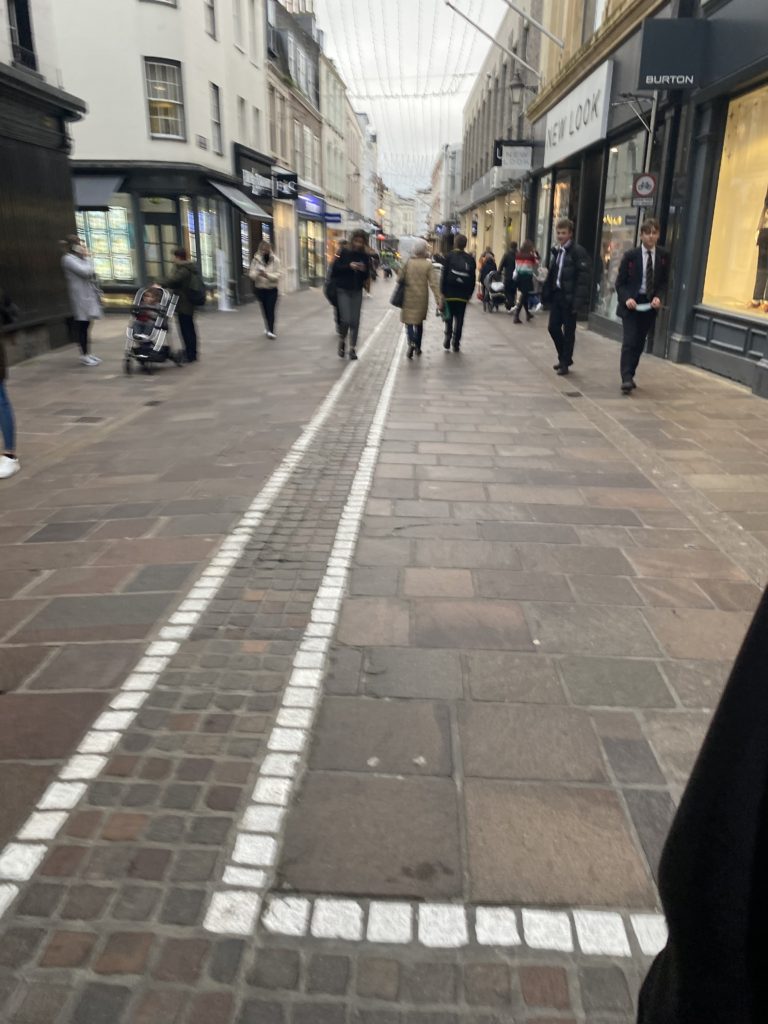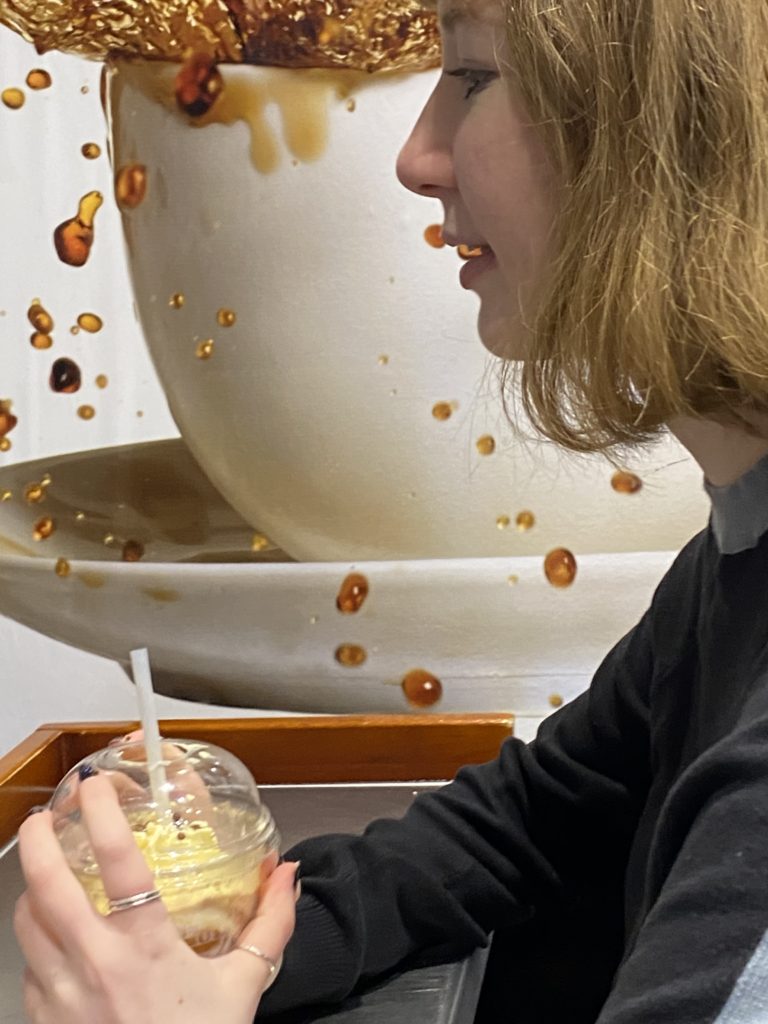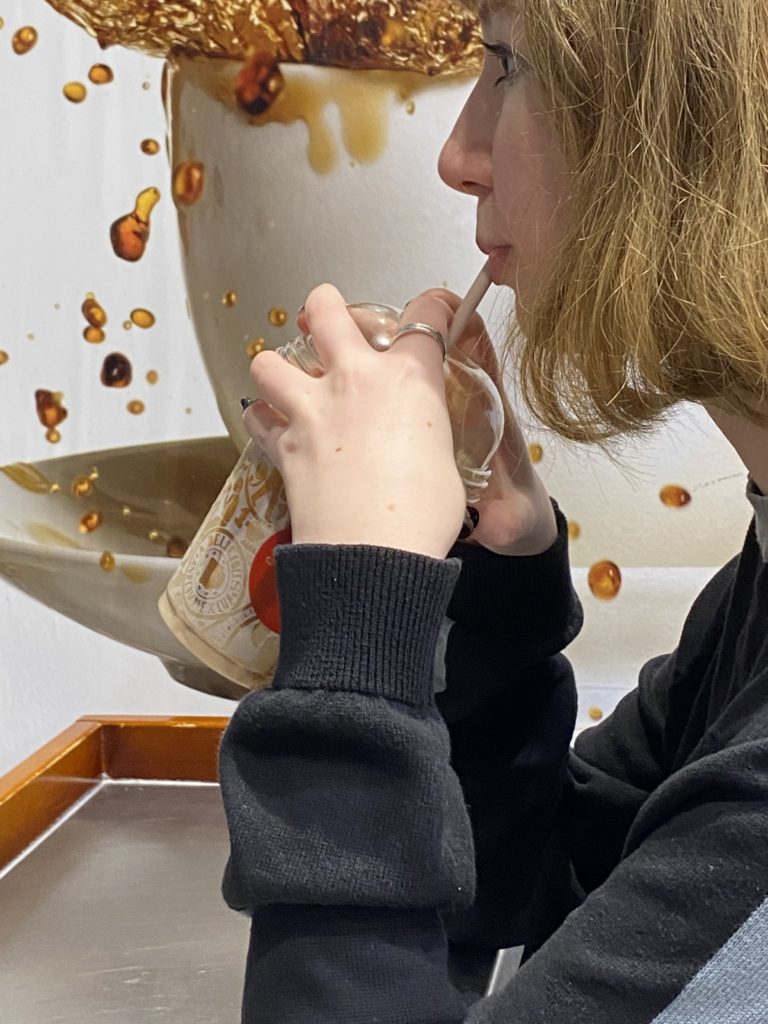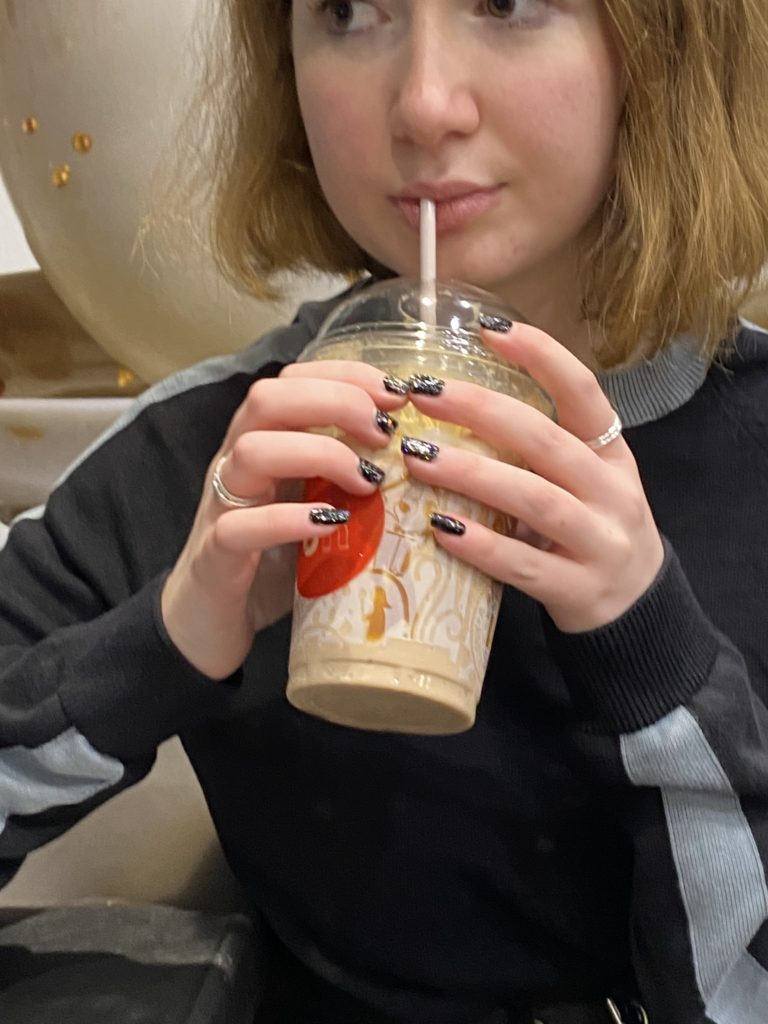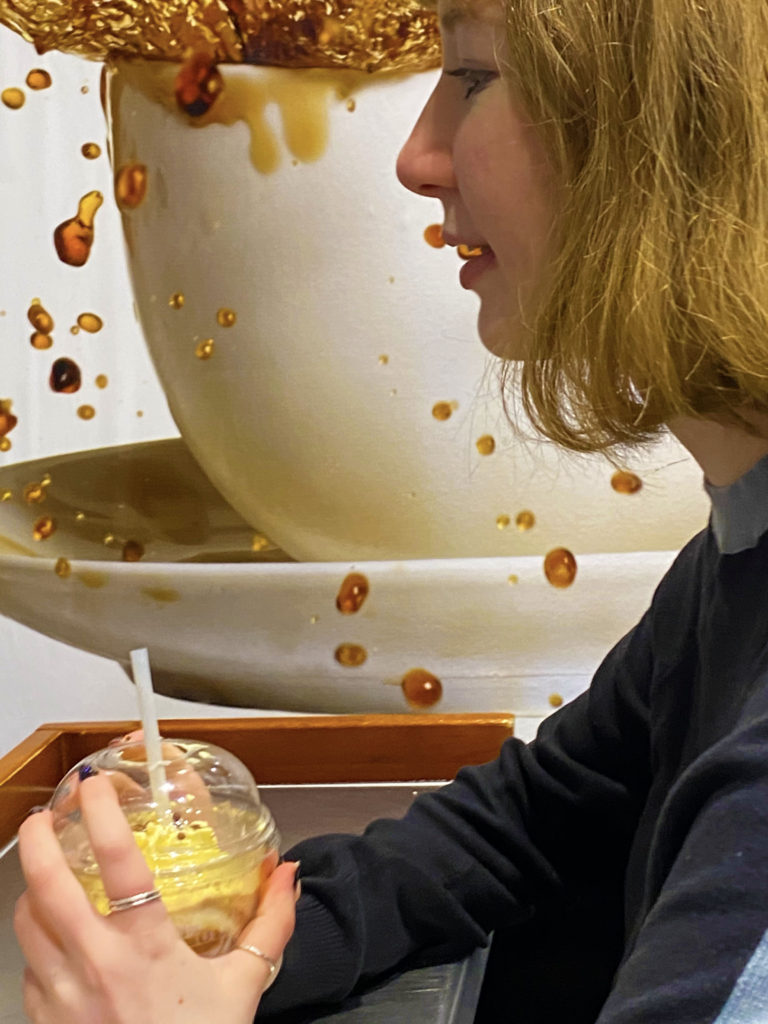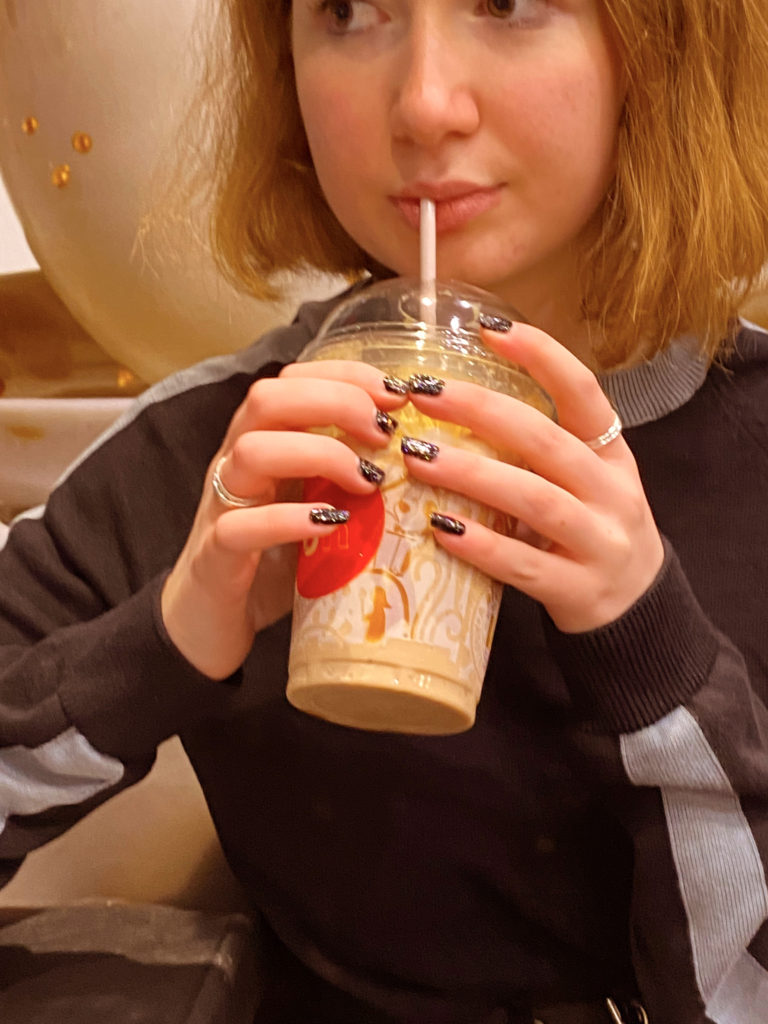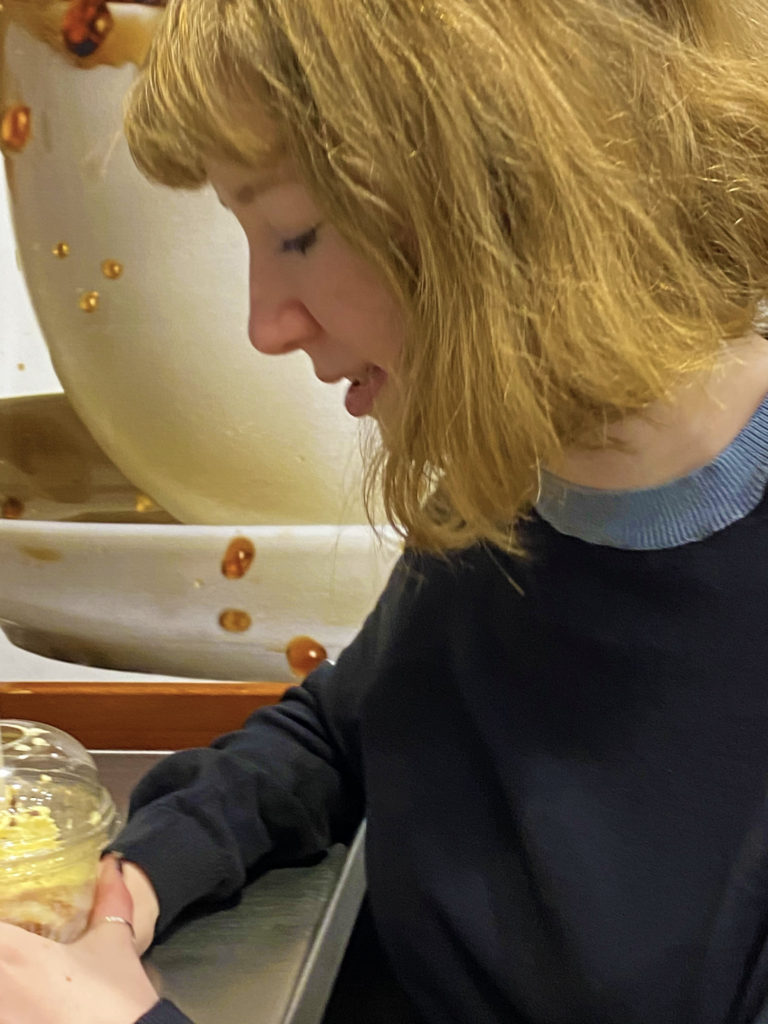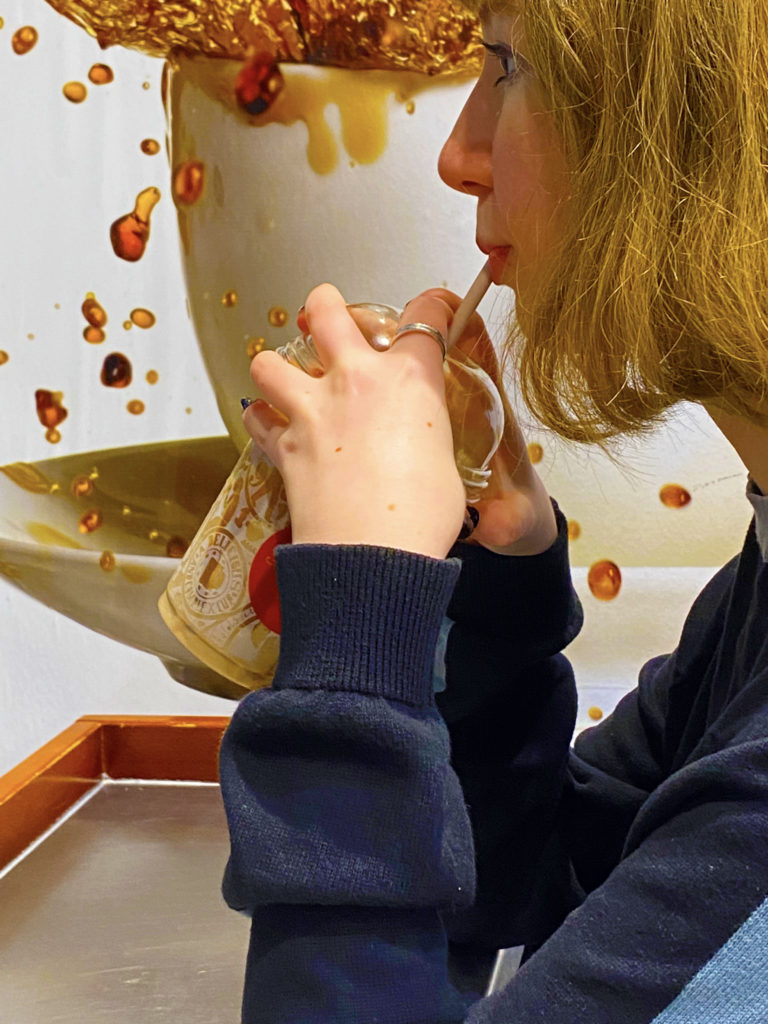Using continuous lights and flash lights for 3 photo shoots;
Photoshoot 1– different lights- soft and hard
Photoshoot 2– different face expressions and moods on model.
Photoshoot 3– taking really close headshots so all you can see is the face and a small part above the shoulders.
Taking inspiration from; Henry Mullins is one of the most prolific photographers represented in the Societe Jersiase Photo-Archive, producing over 9,000 portraits of islanders from 1852 to 1873 at a time when the population was around 55.000. The record we have of his work comes through his albums, in which he placed his clients in a social hierarchy.
CONTACT SHEETS-
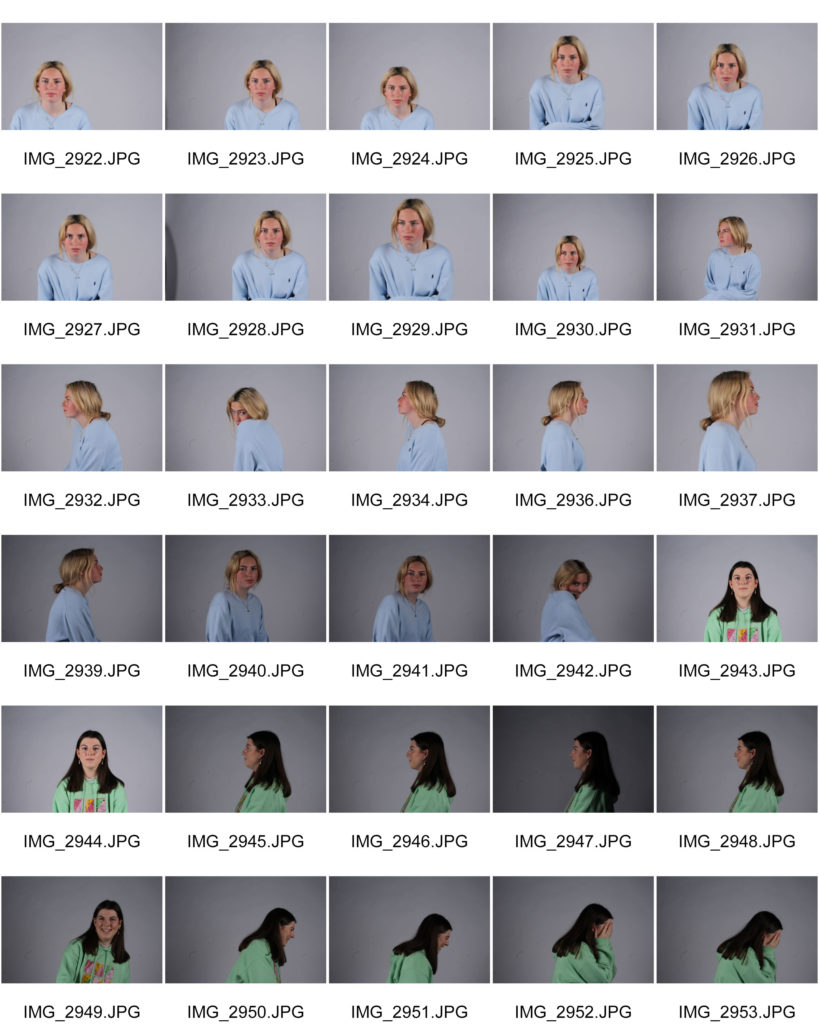
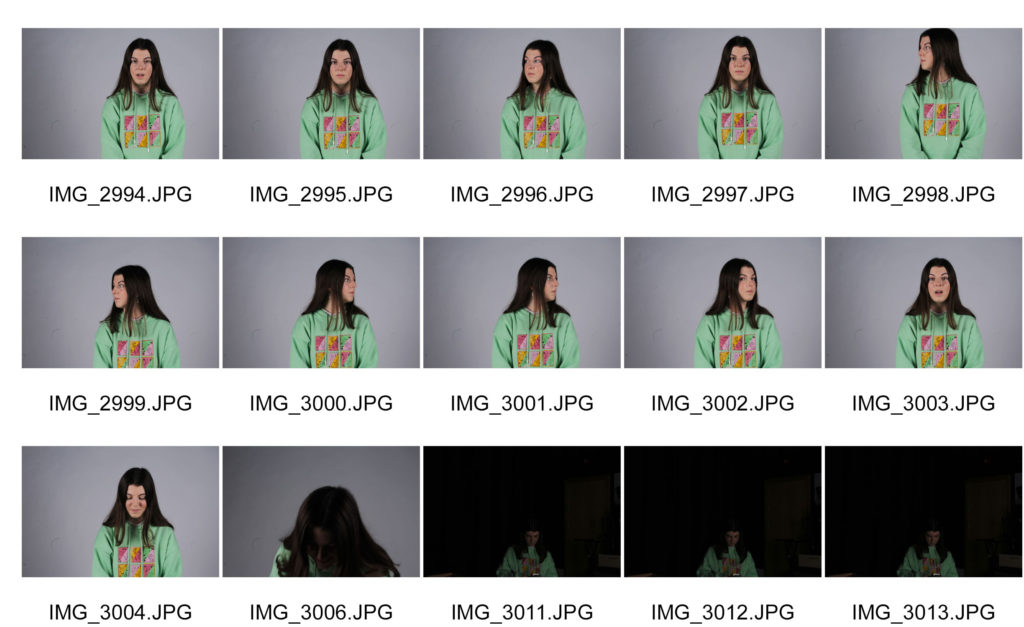

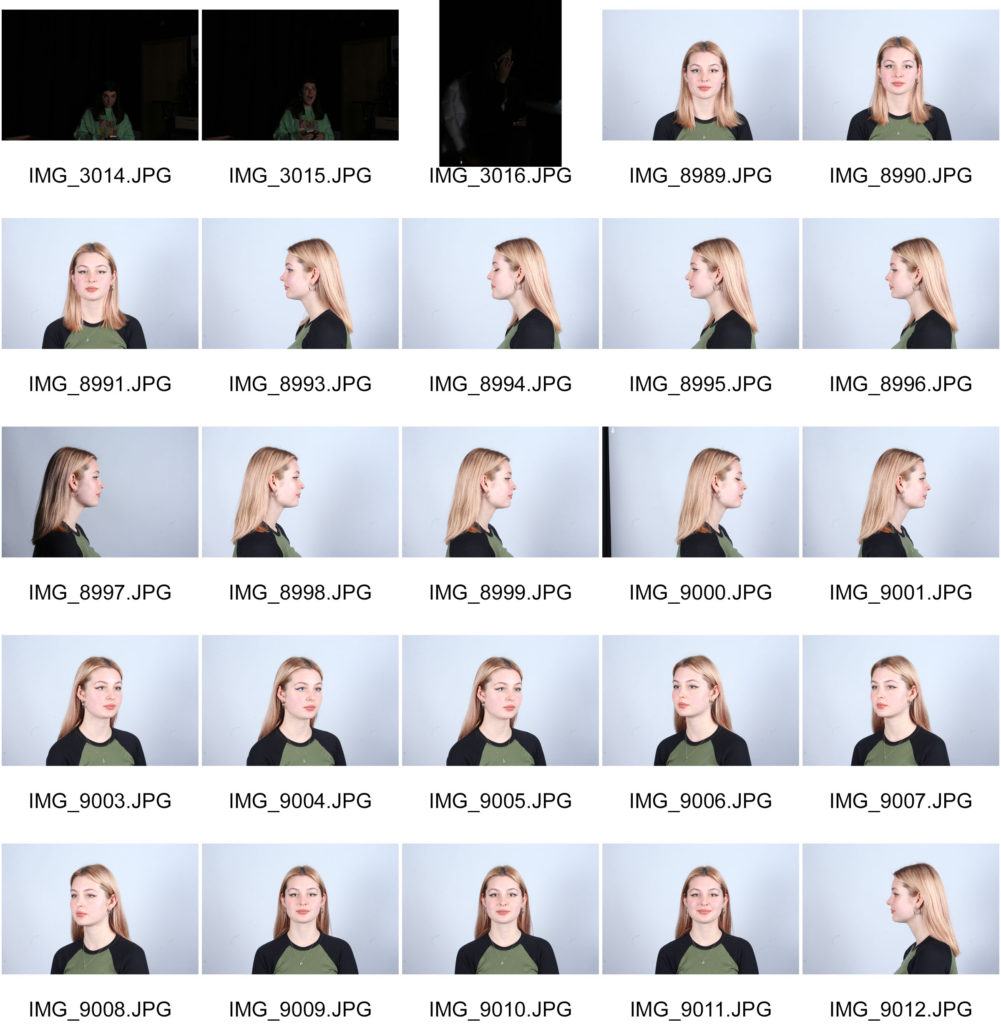
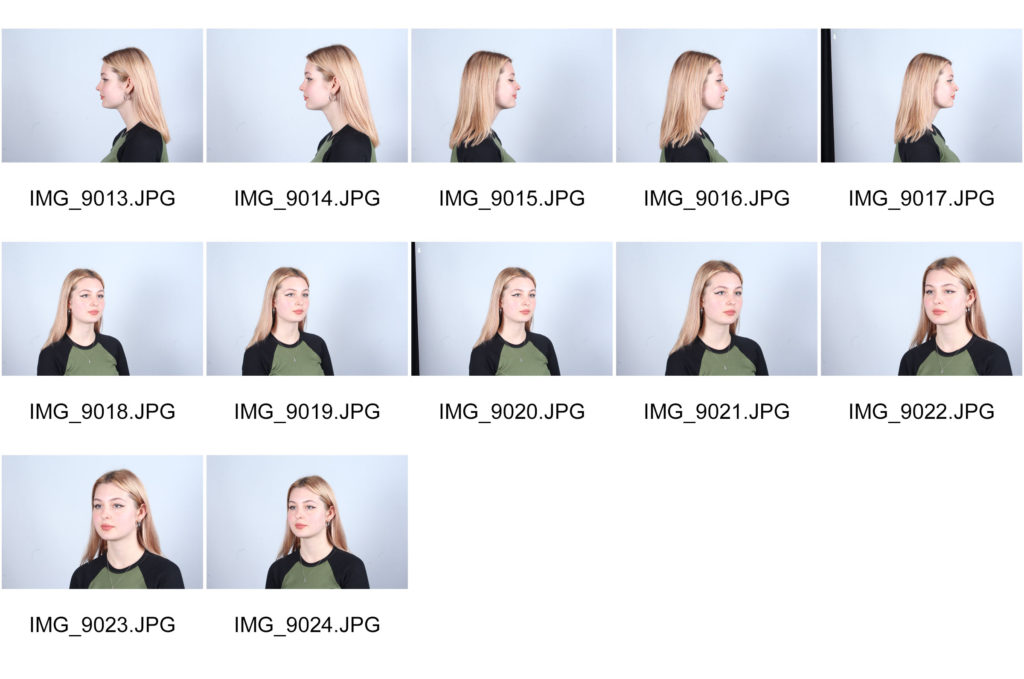
For all my photos I used two point lighting- flash heads in this case. Every time I pressed the camera the flash lights would go off. I took the photos in the dark so that when the flash comes on the lighting would be very bright creating no shadows on the face.
Diamond cameo background-

The Patent Diamond Cameo photograph was registered by F.R. Window of London in 1864. Four small oval portraits (1″ x 3/4“) were placed on a carte de visite in the shape of a diamond, each portrait being of the same person photographed in a different position. A special camera made by Dallmeyer was used in which the one glass negative was moved to a new position in the back of camera after each portrait had been taken, and when the paper print had been pasted on the card a special press was used to punch the four portraits up into a convex cameo shape
Taking inspiration from Henry Mullins-
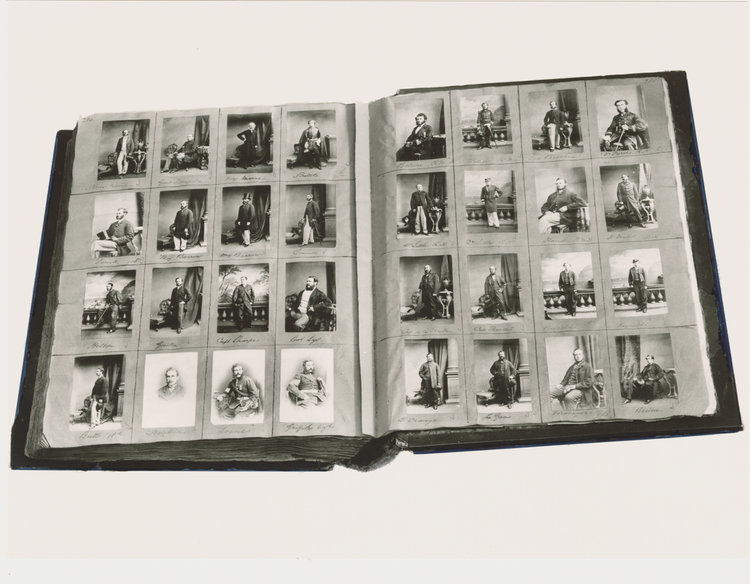
Henry Mullins started working at 230 Regent Street in London in the 1840s and moved to Jersey in July 1848, setting up a studio known as the Royal Saloon, at 7 Royal Square. Initially he was in partnership with a Mr Millward, about whom very little is known. By the following year he was working alone and he continued to work out of the same studio for another 26 years.
Using photoshop to create a diamond cameo;
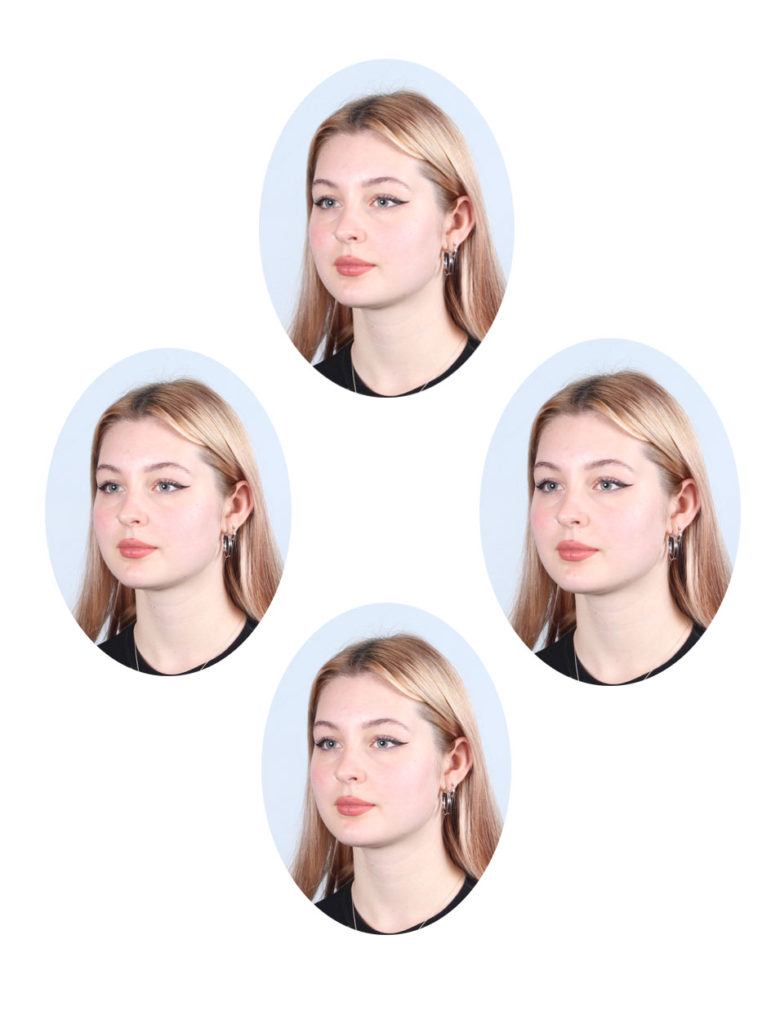
Using two different images and adding an old paper effect-
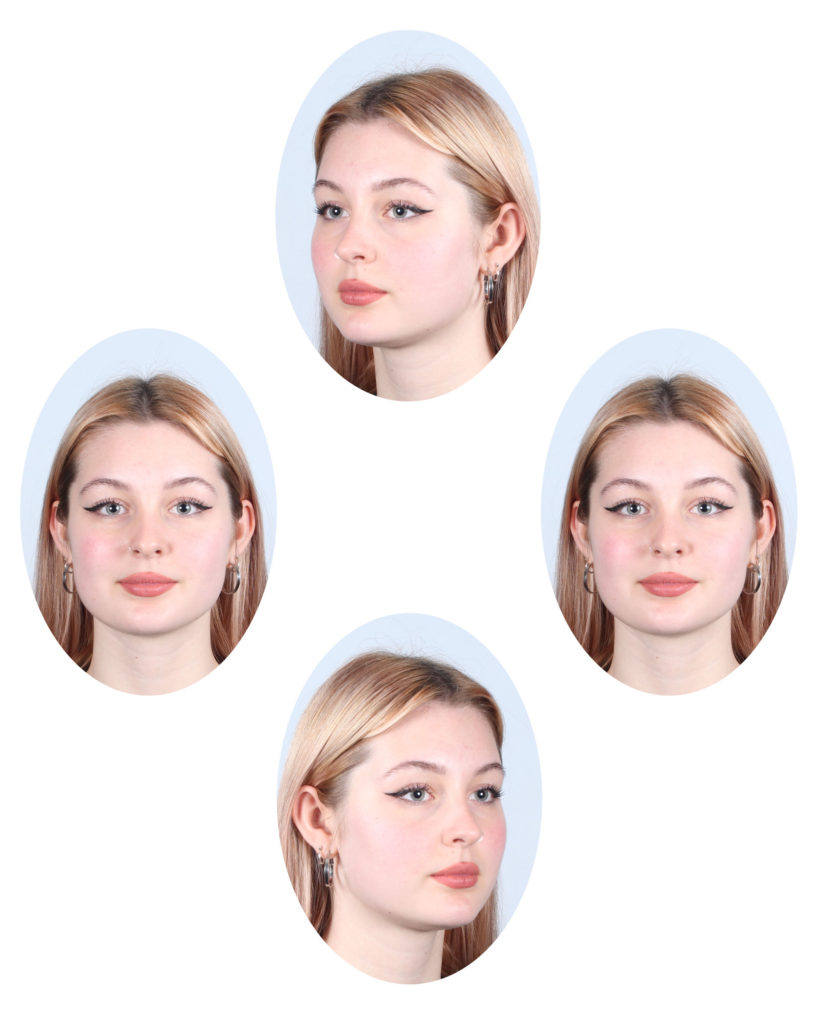
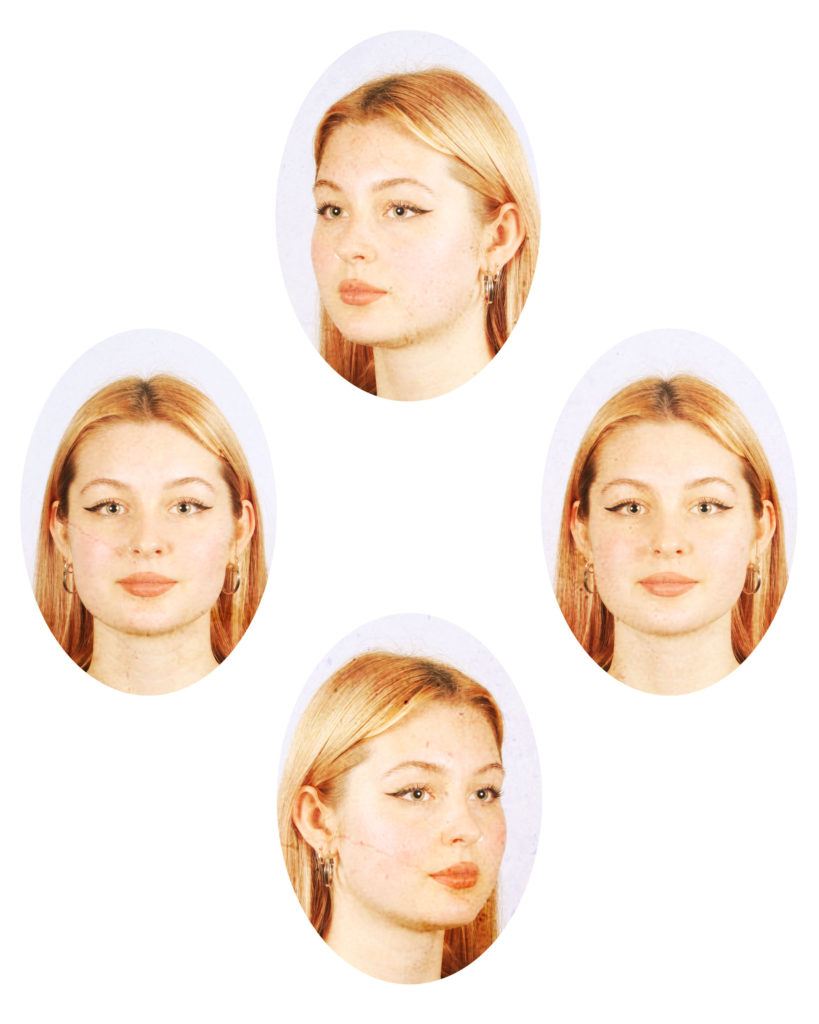
Procedure– I cut out oval shaped sections of my images and copied them over to a ‘New’ layer. I then flipped one image horizontally and afterwards I took an ‘old paper effect’ image from google and pasted it on top of my diamond photos. Once it was pasted in, I over-layed the image so that it creates a subtle effect as the original old diamond photos.

